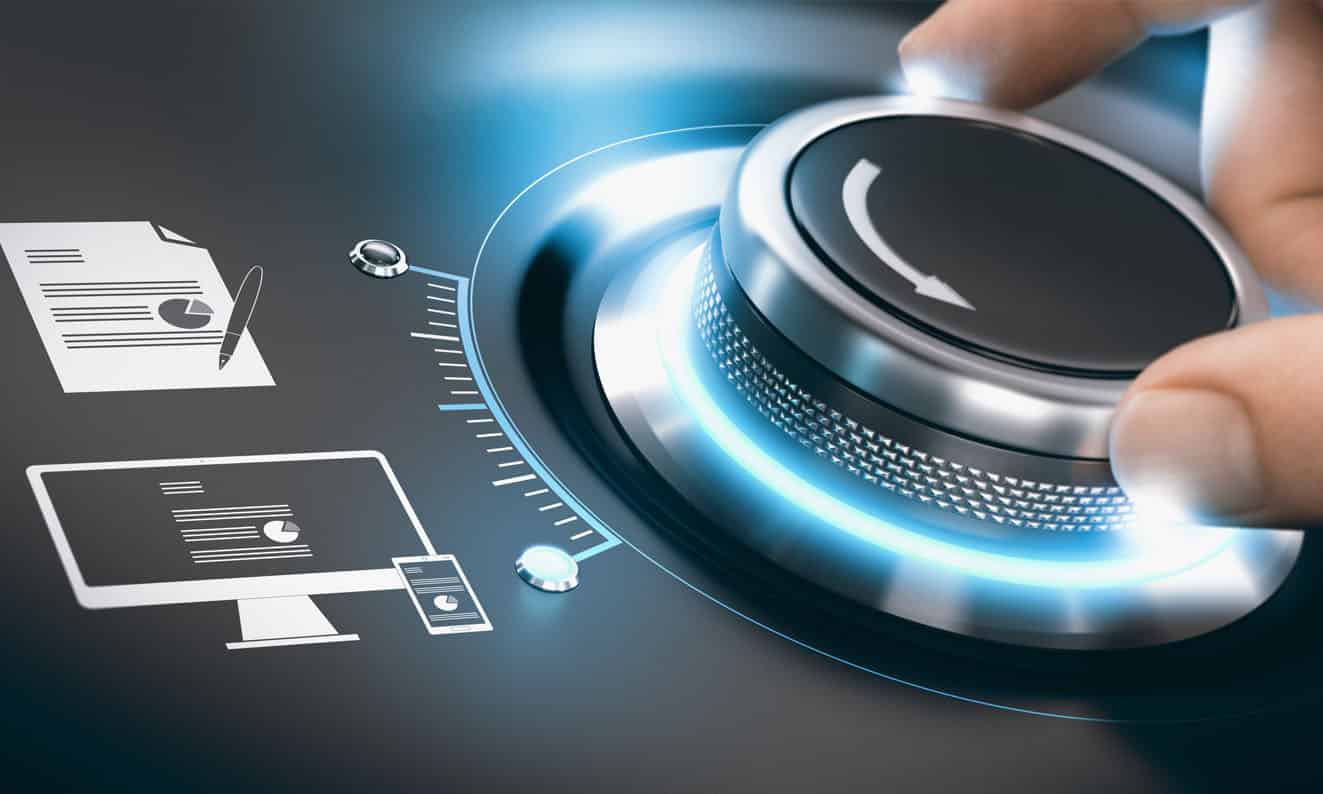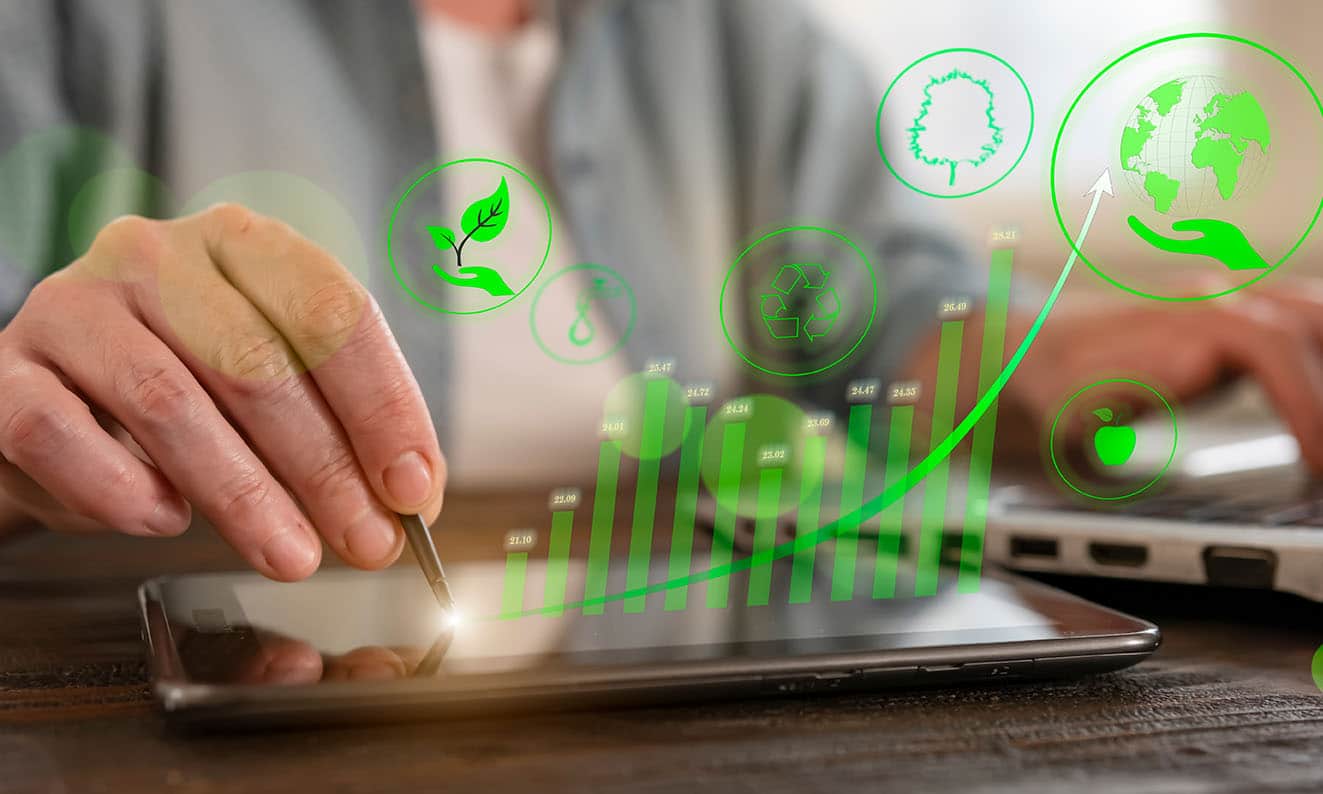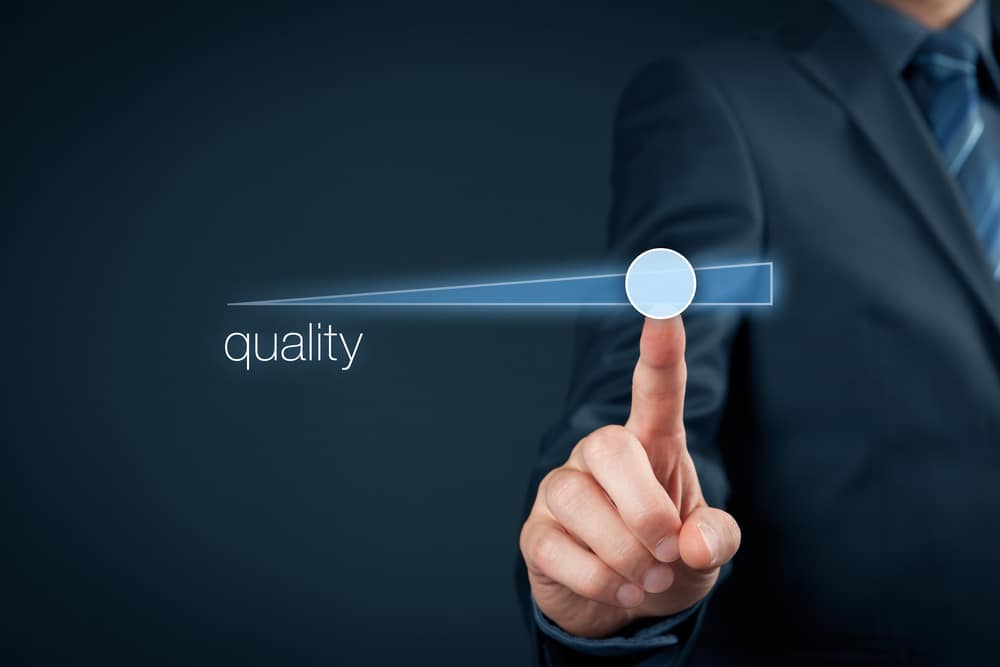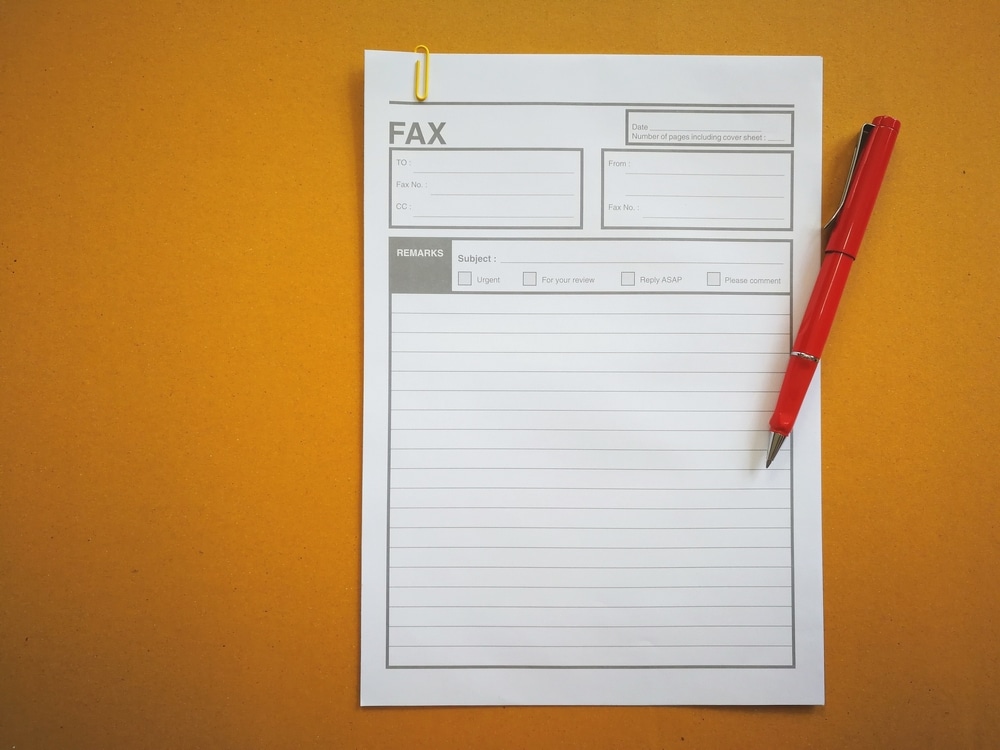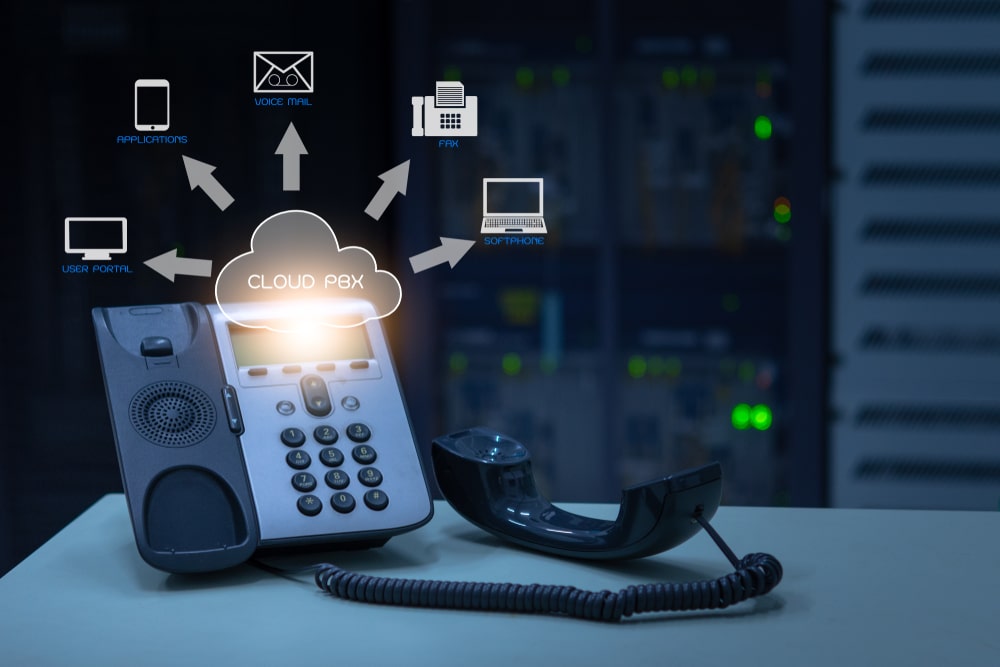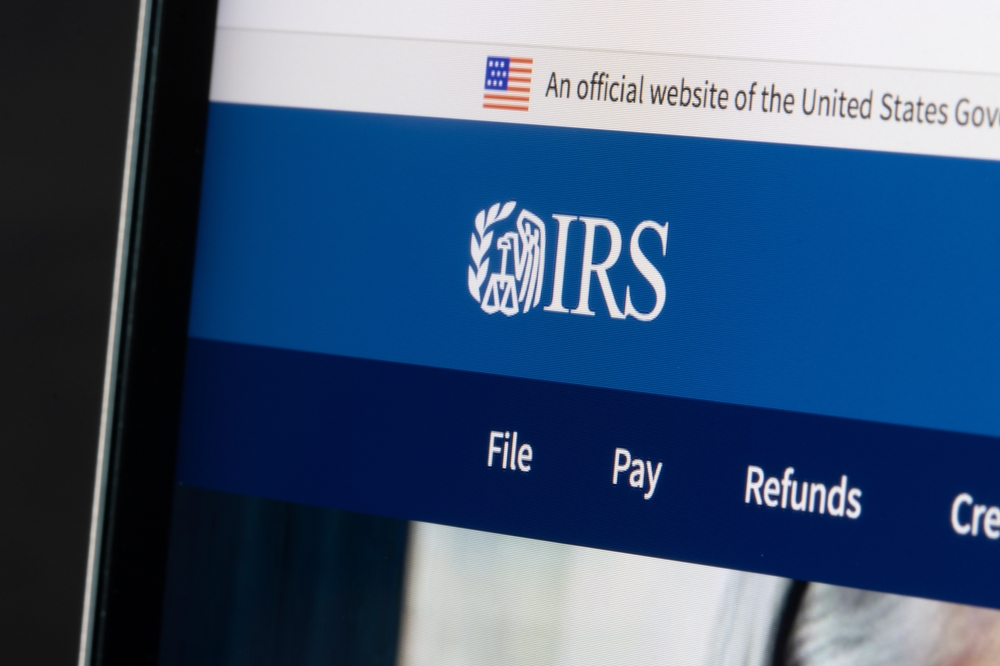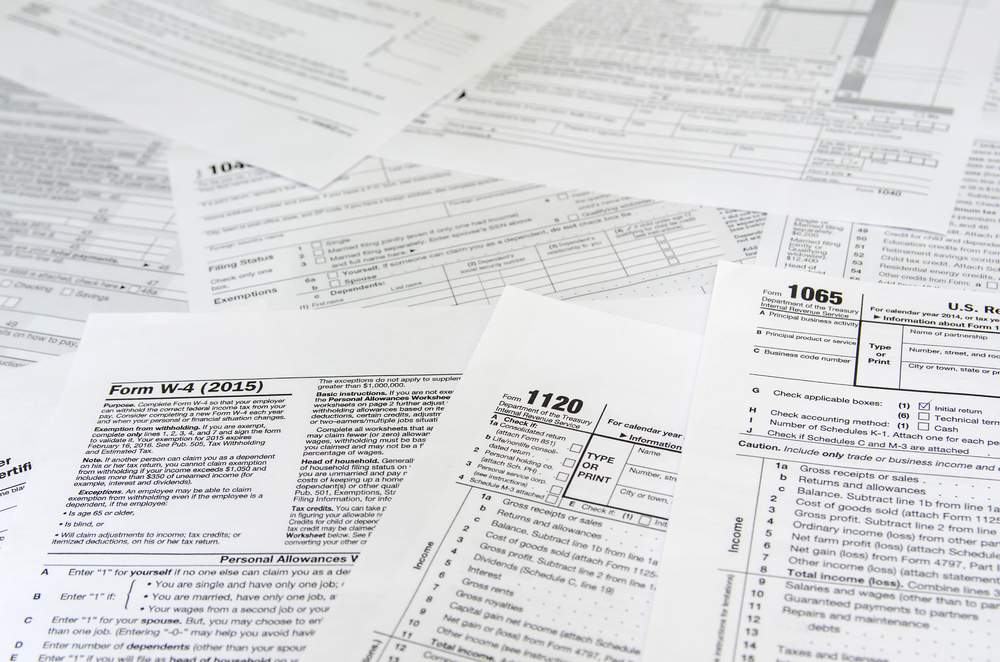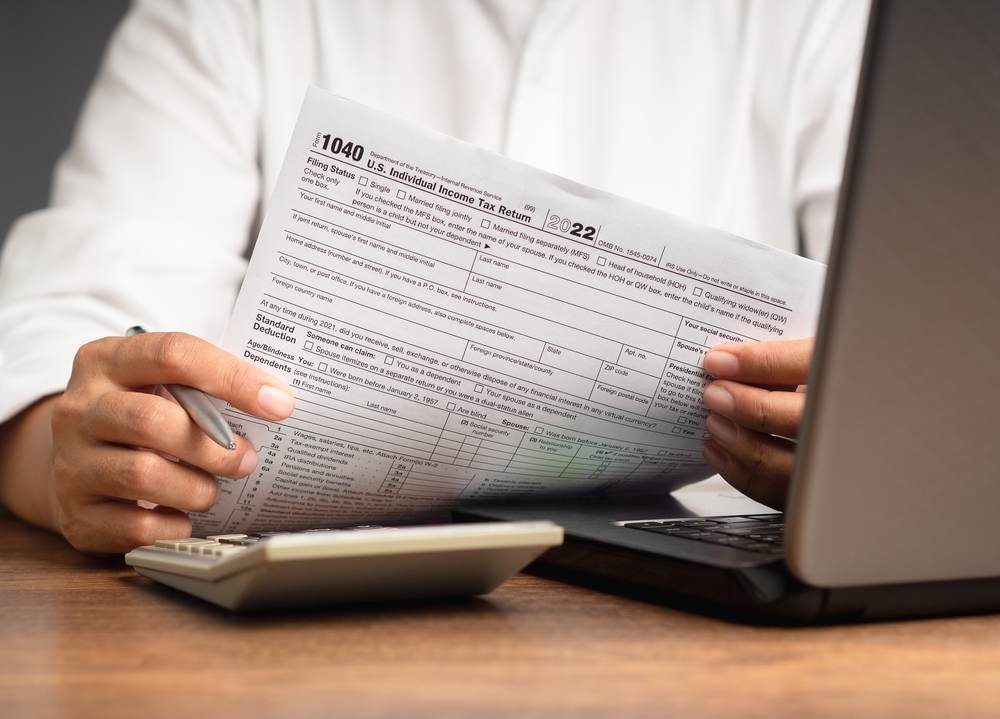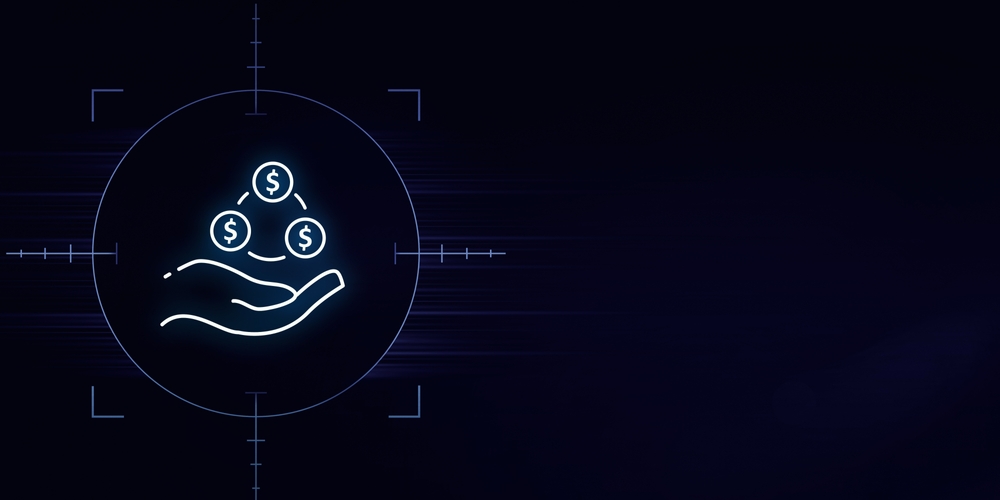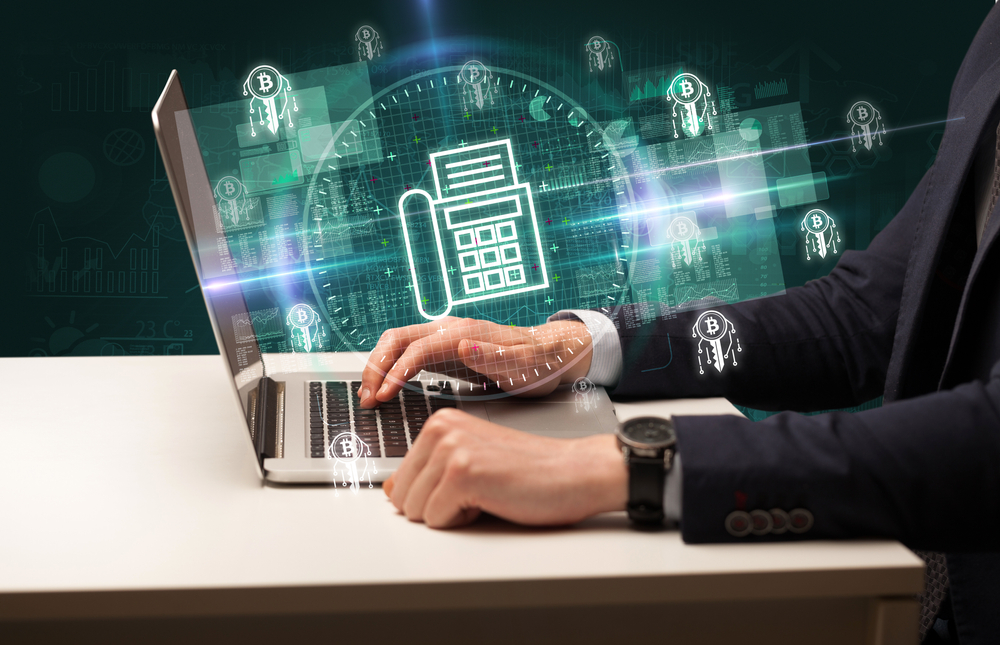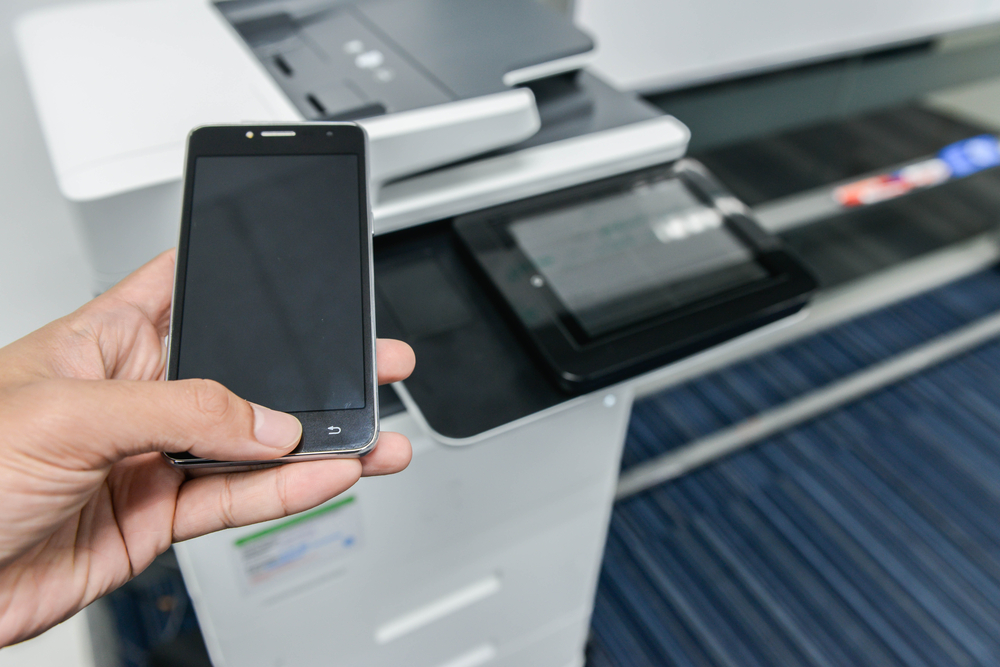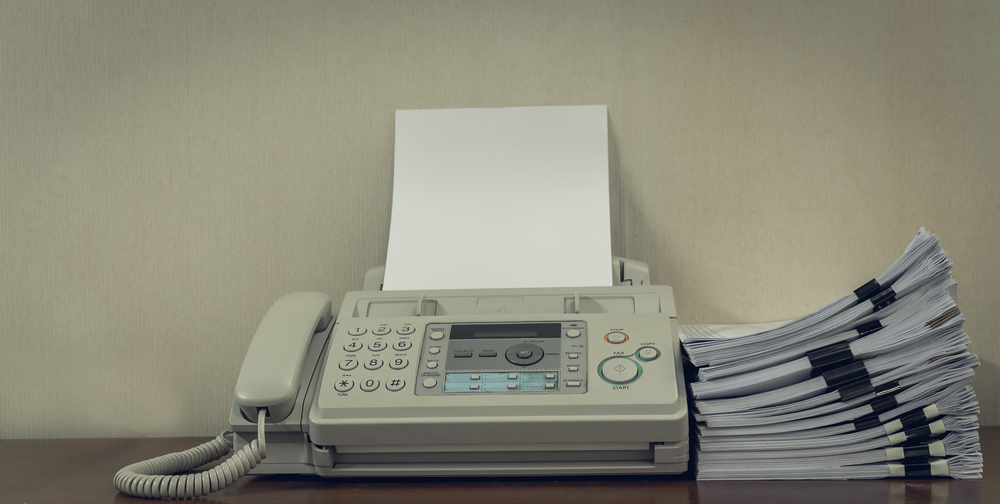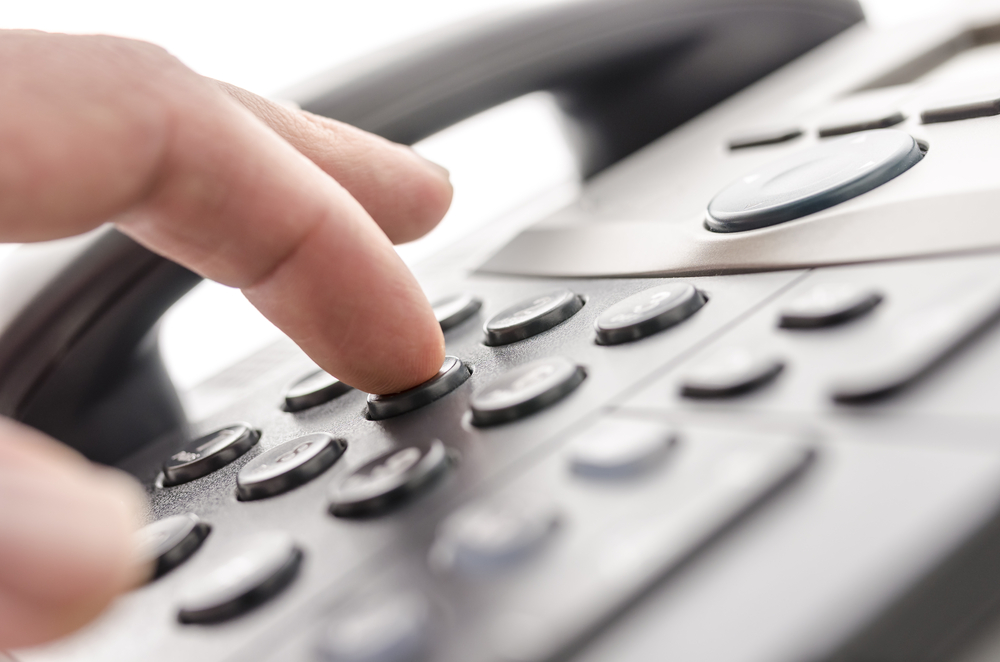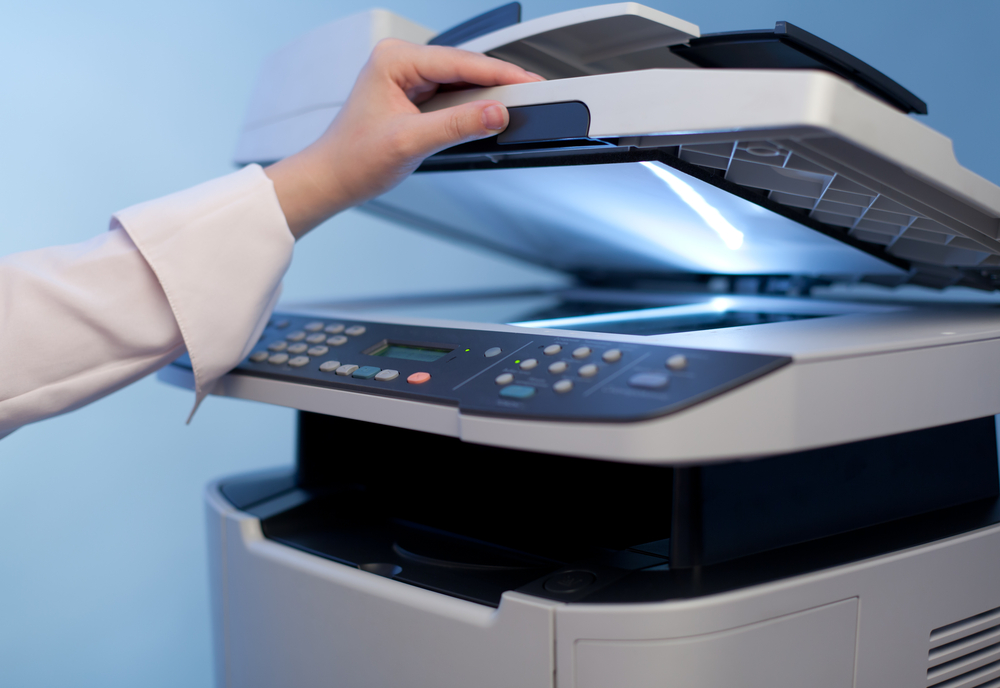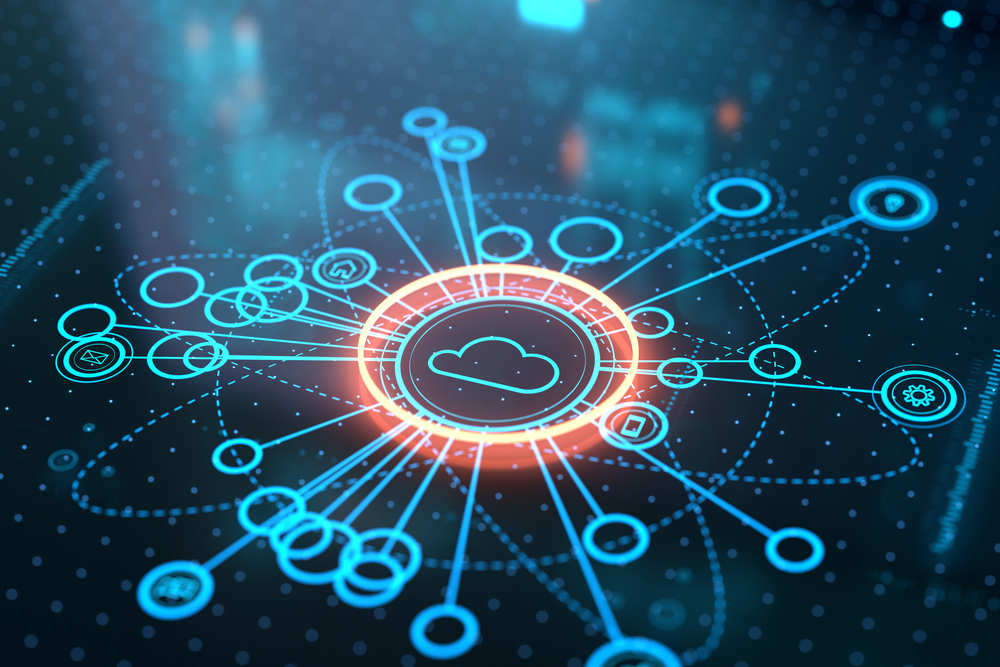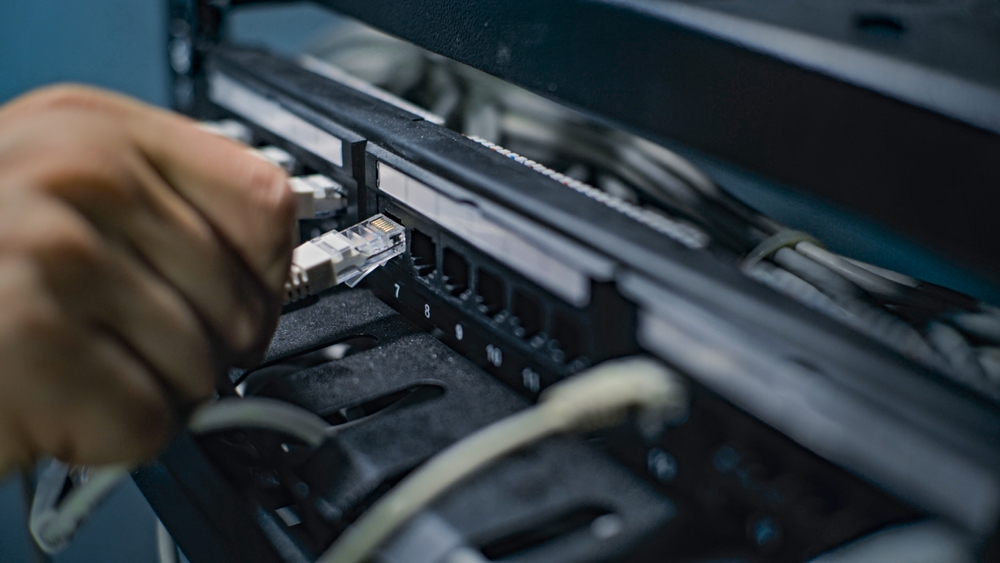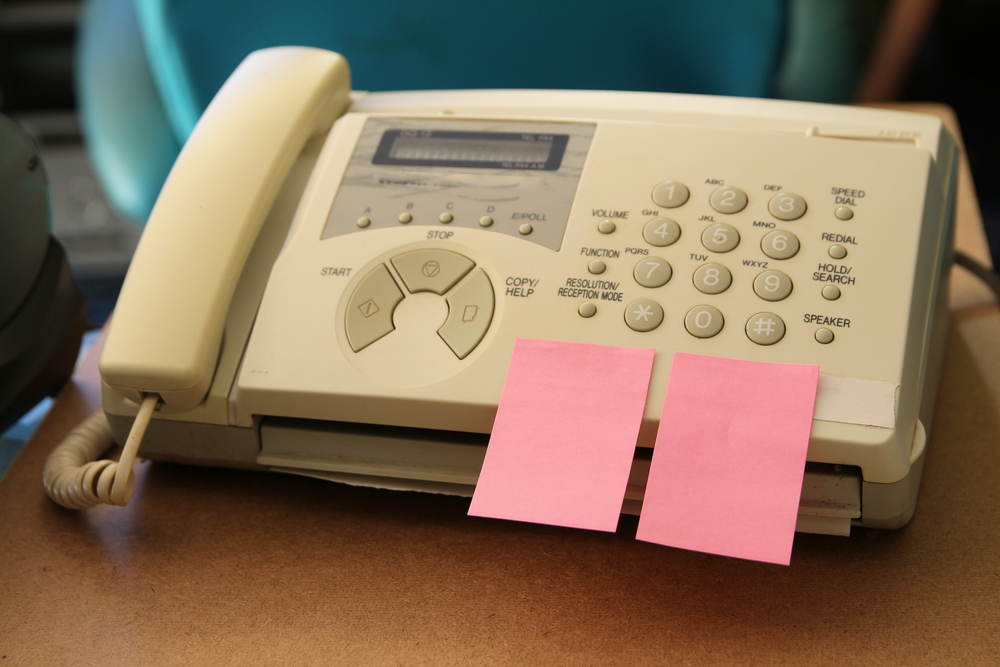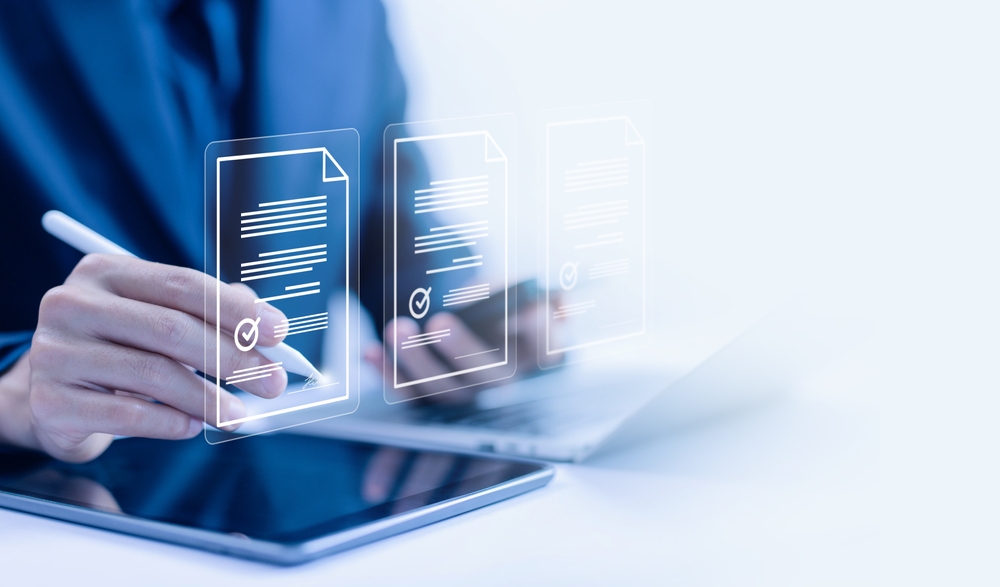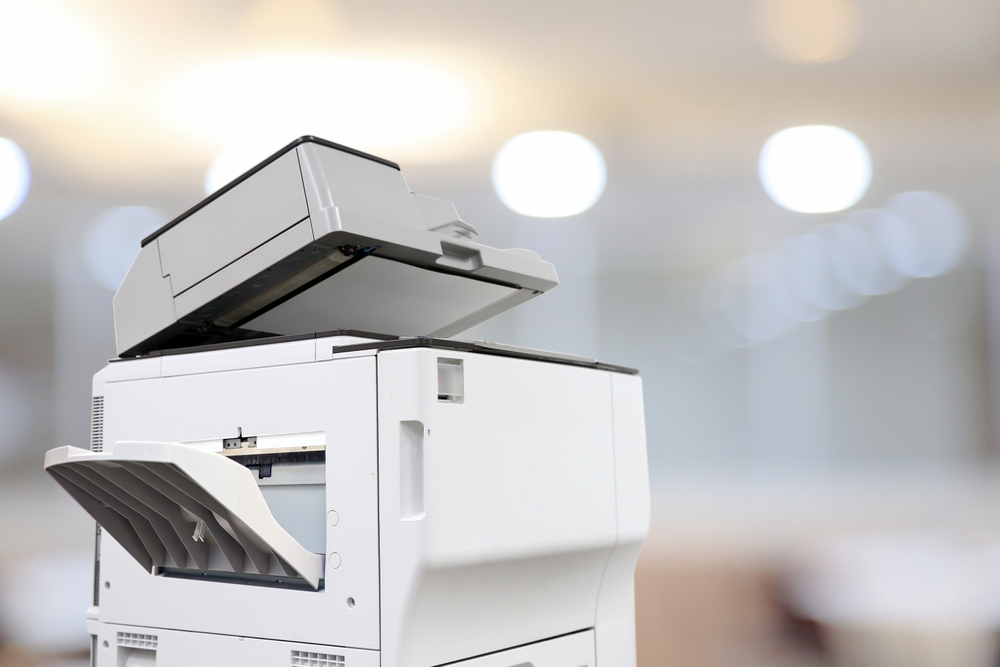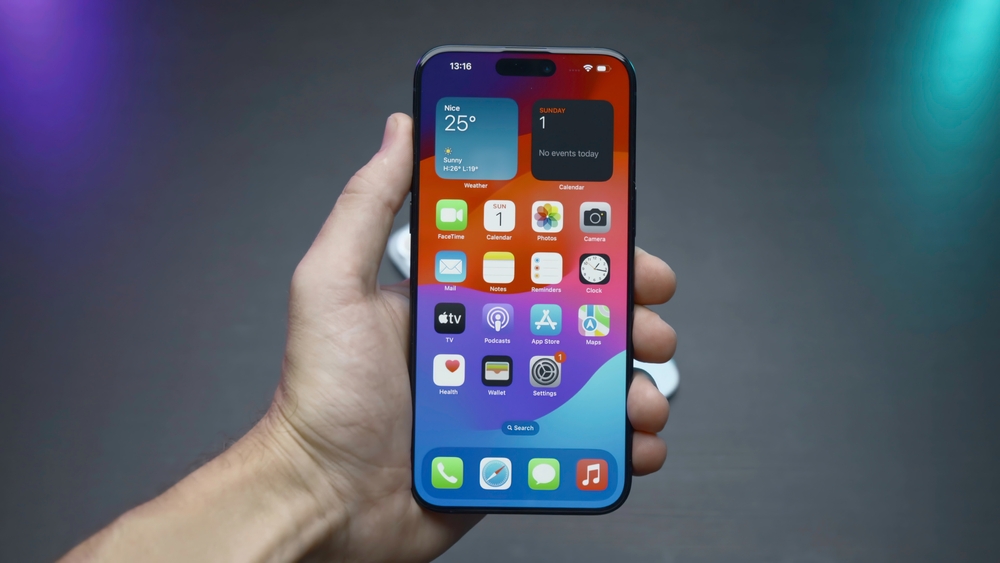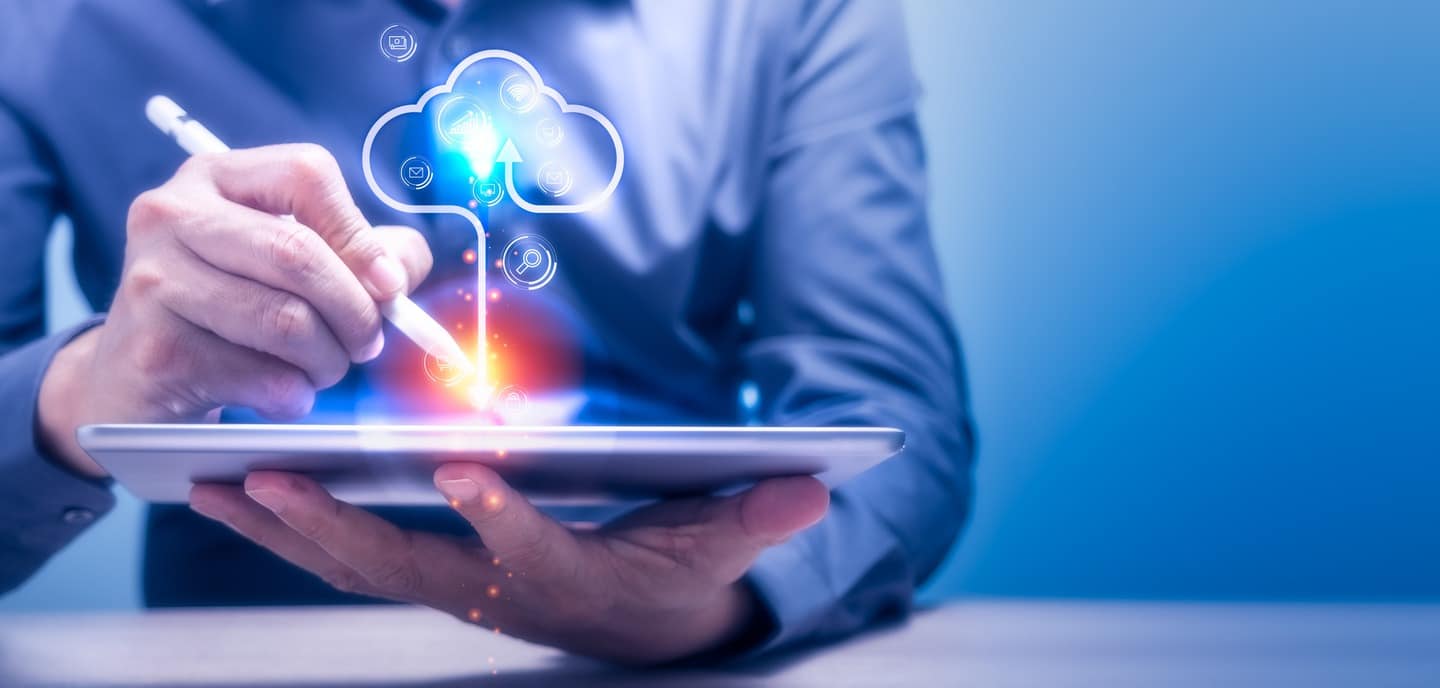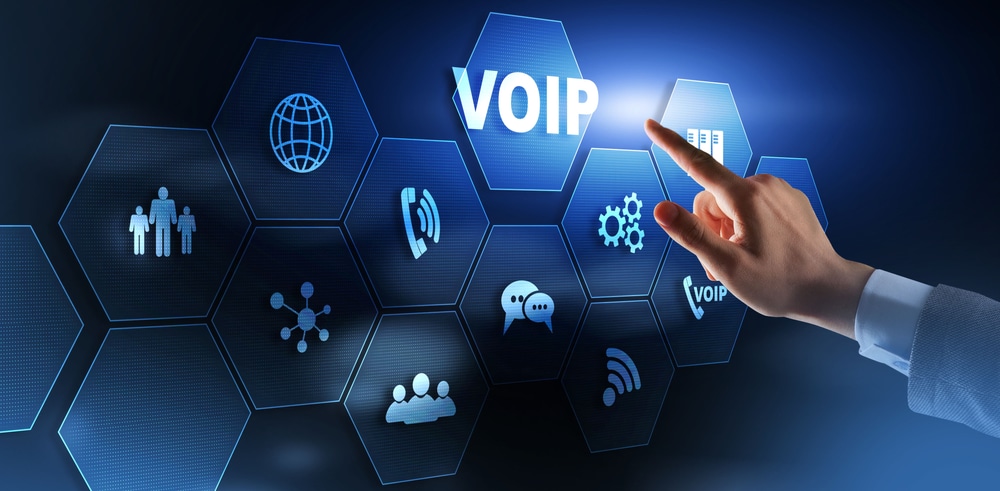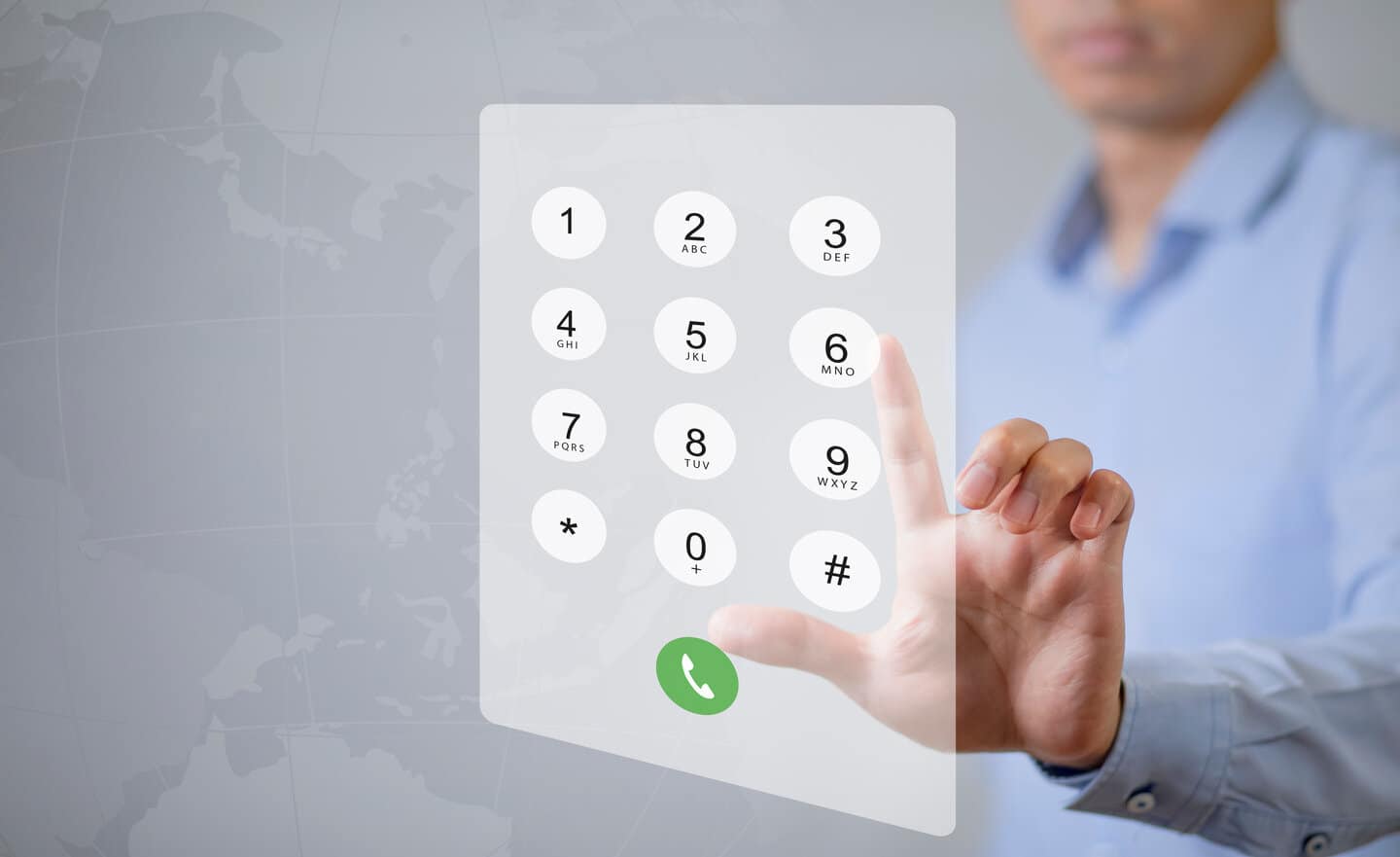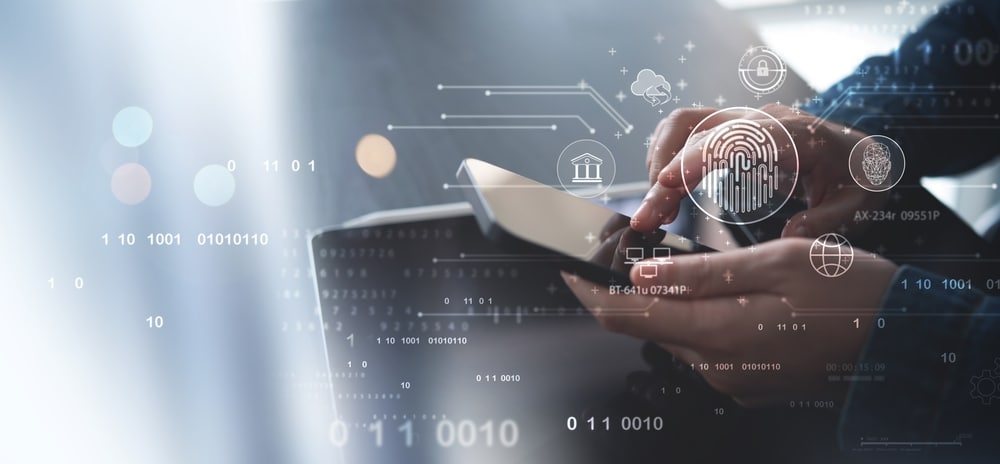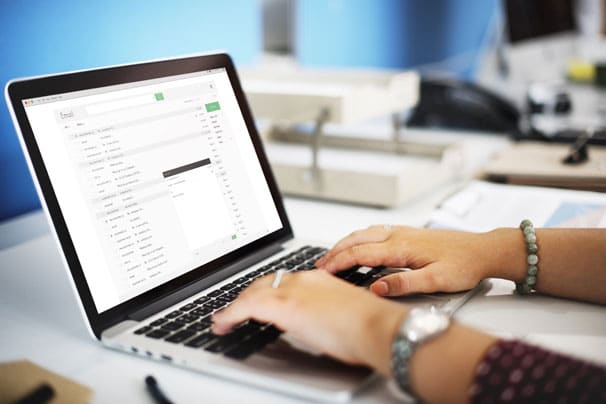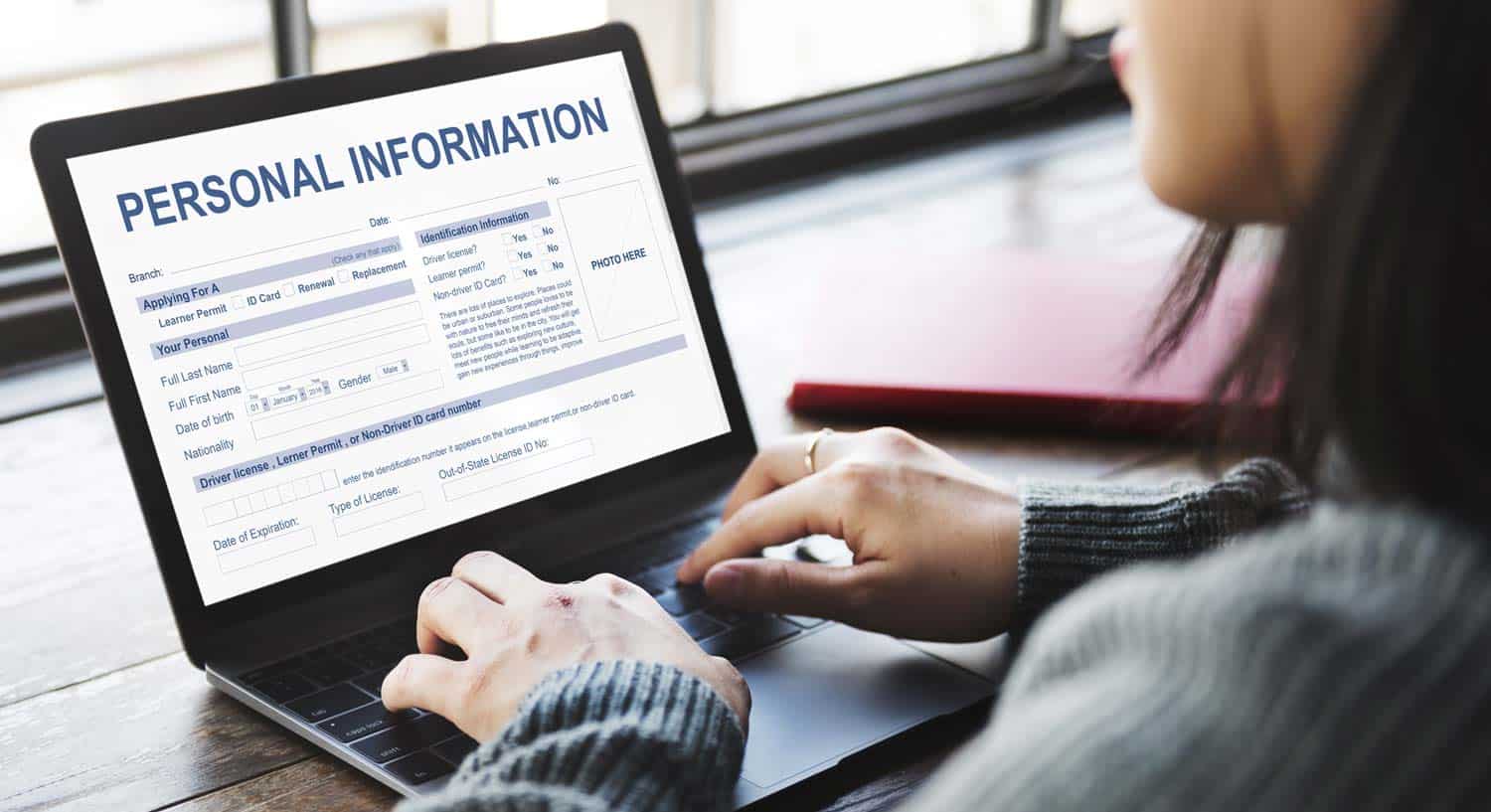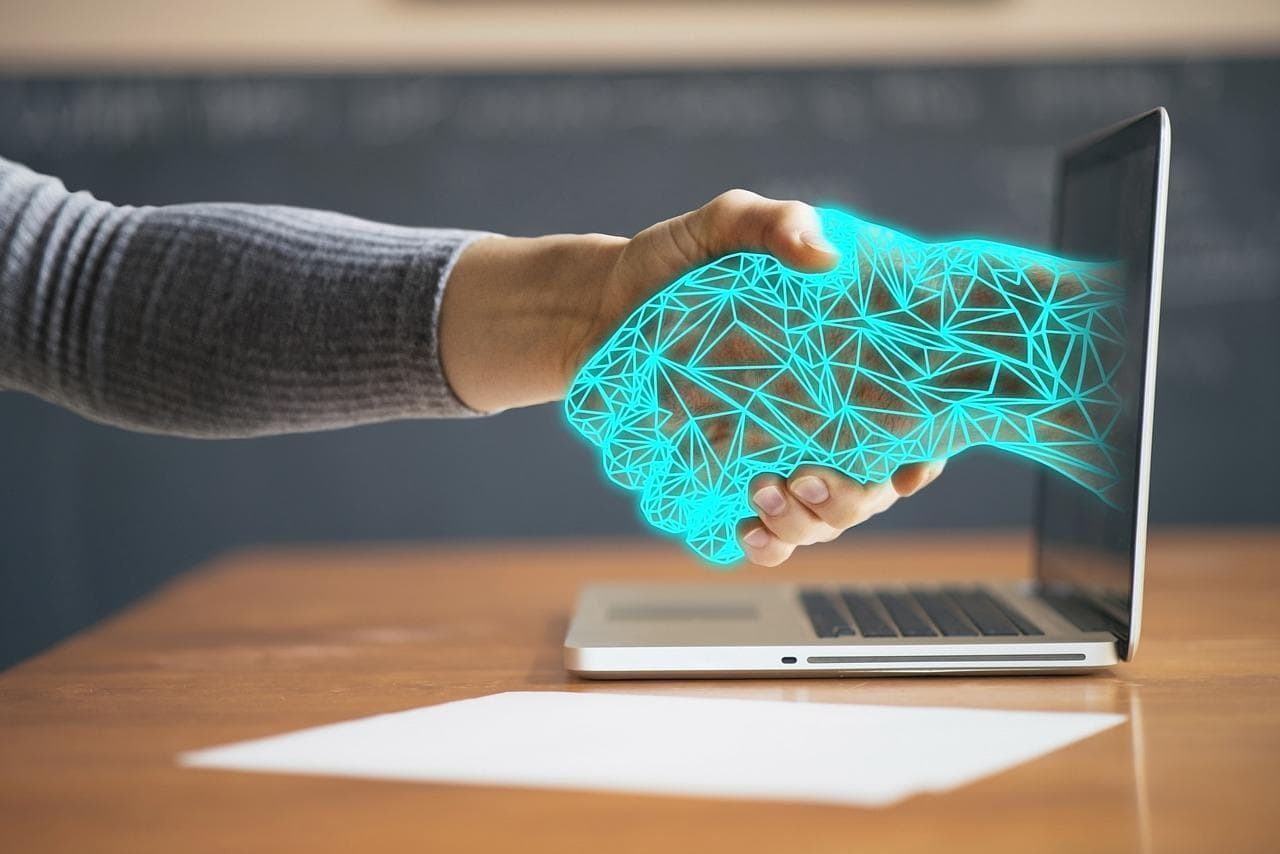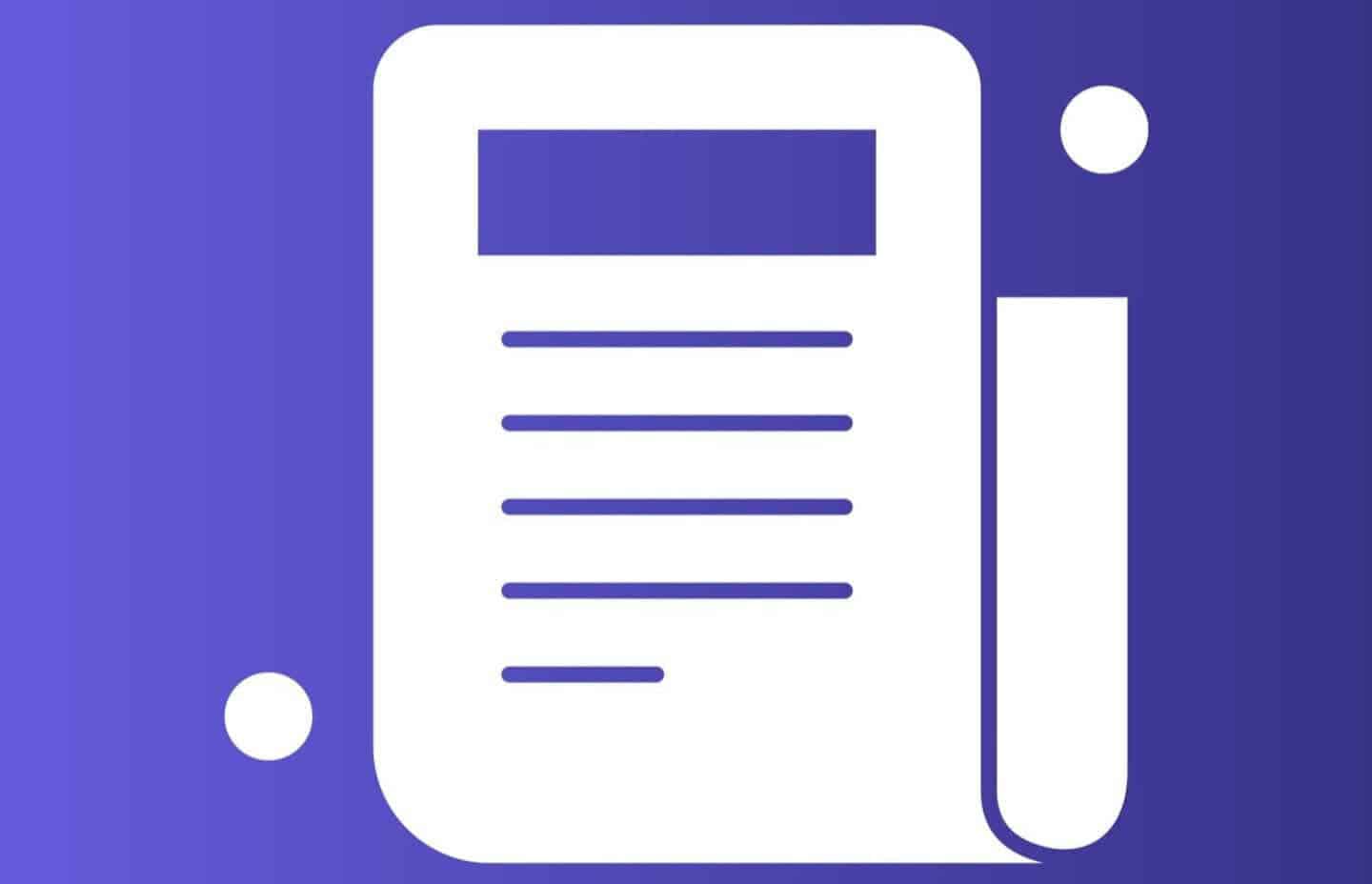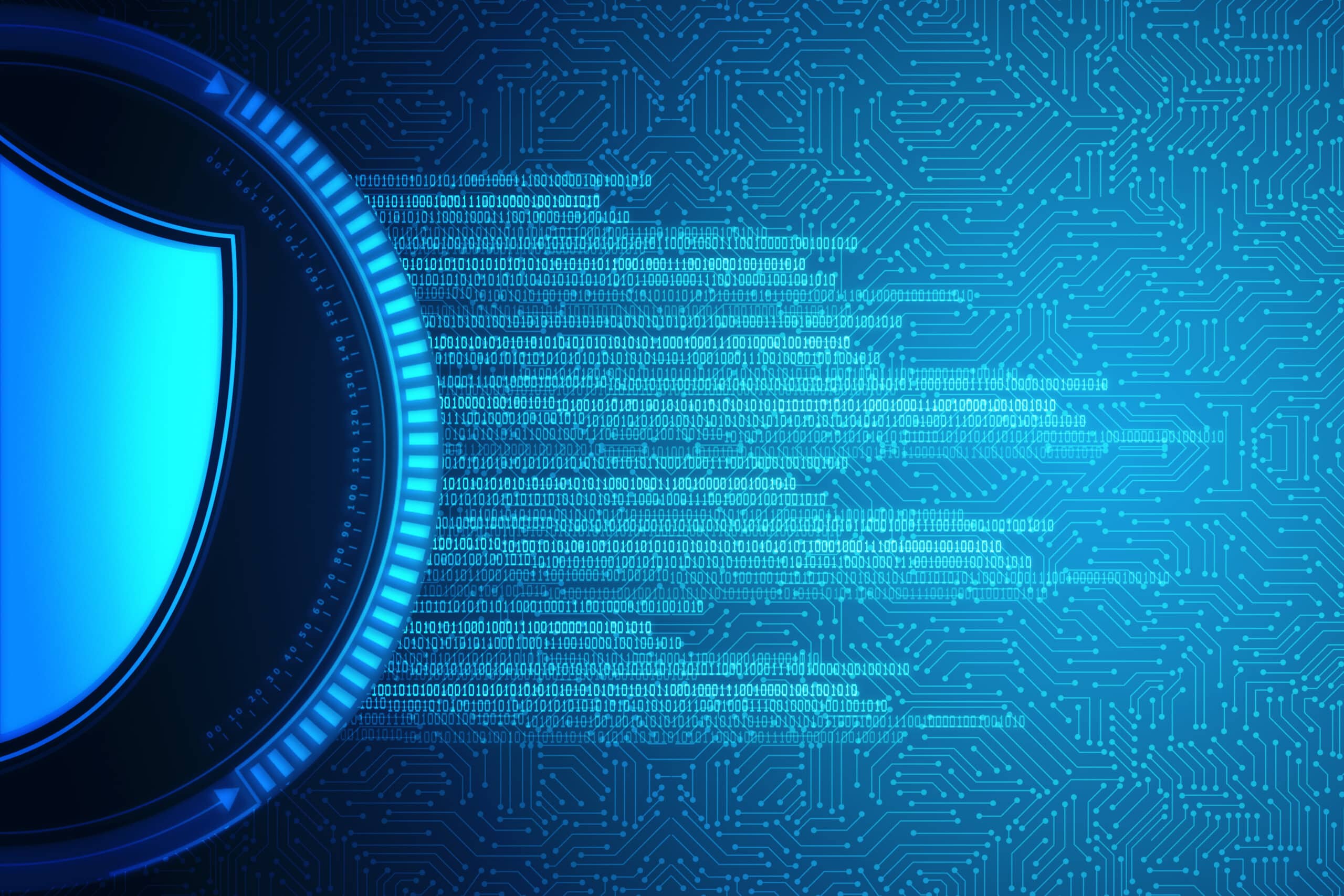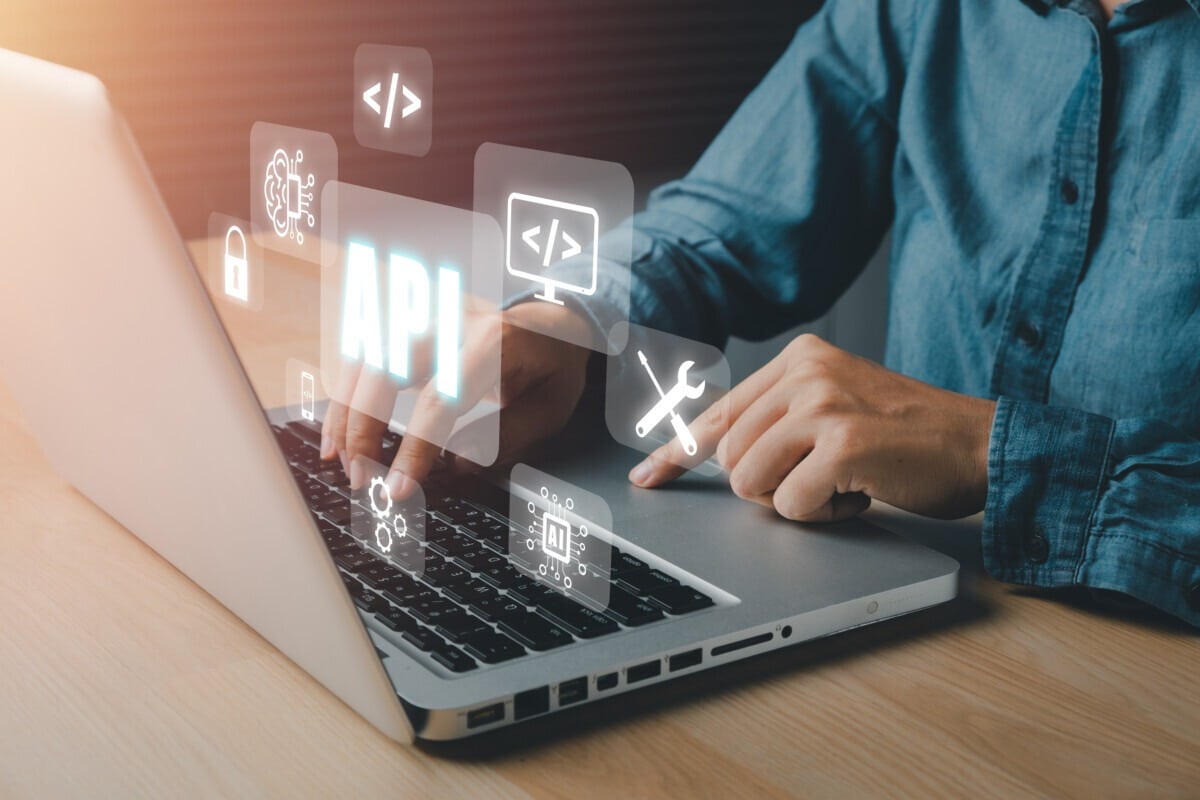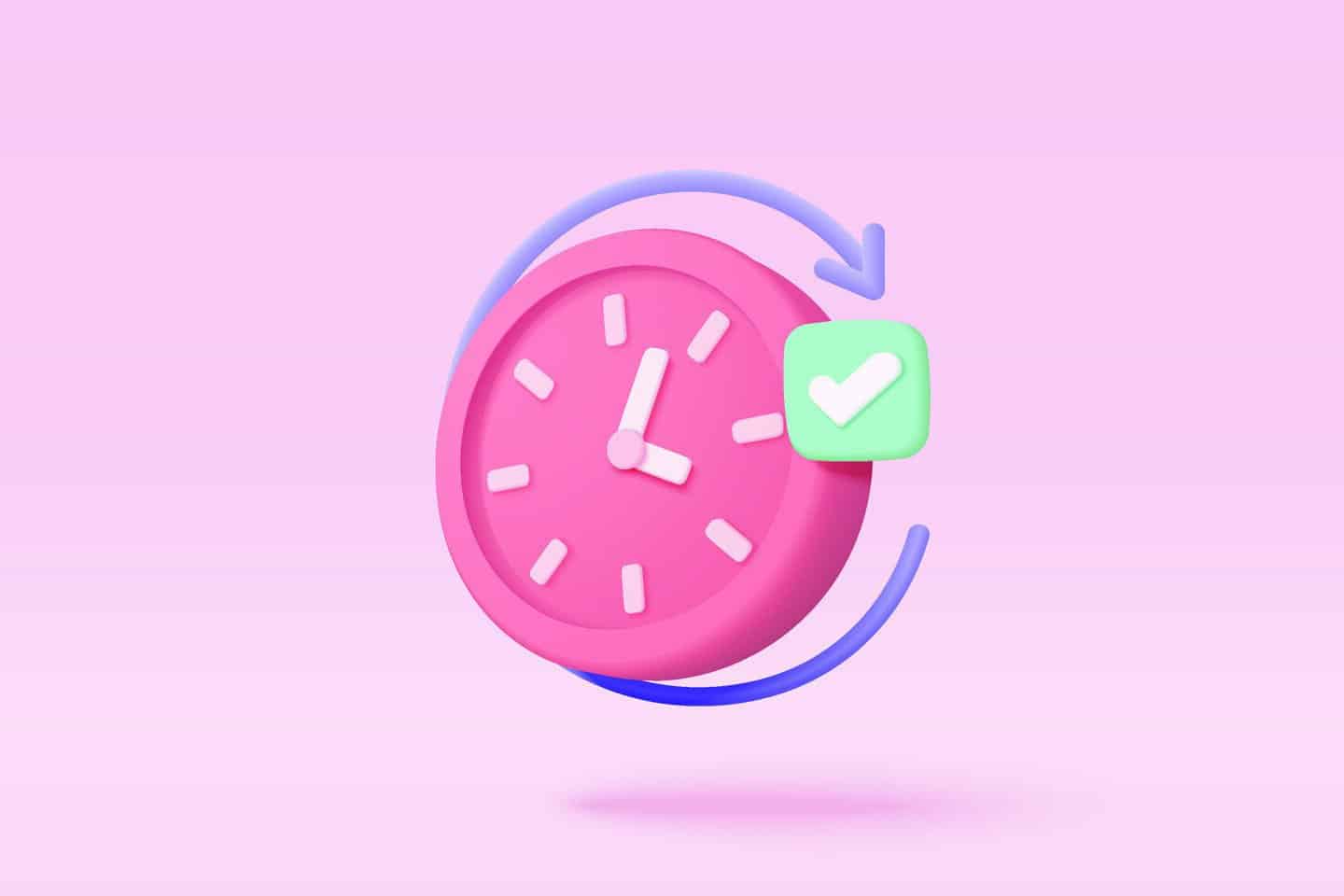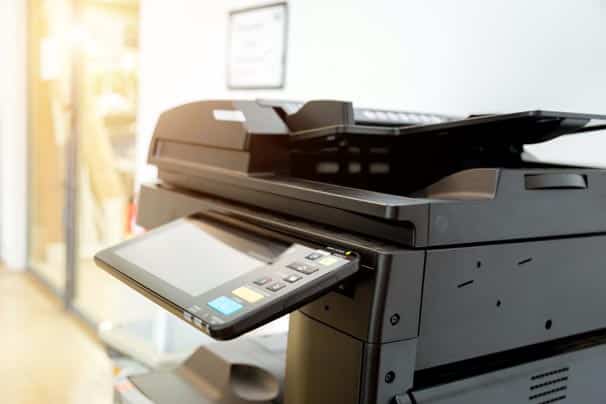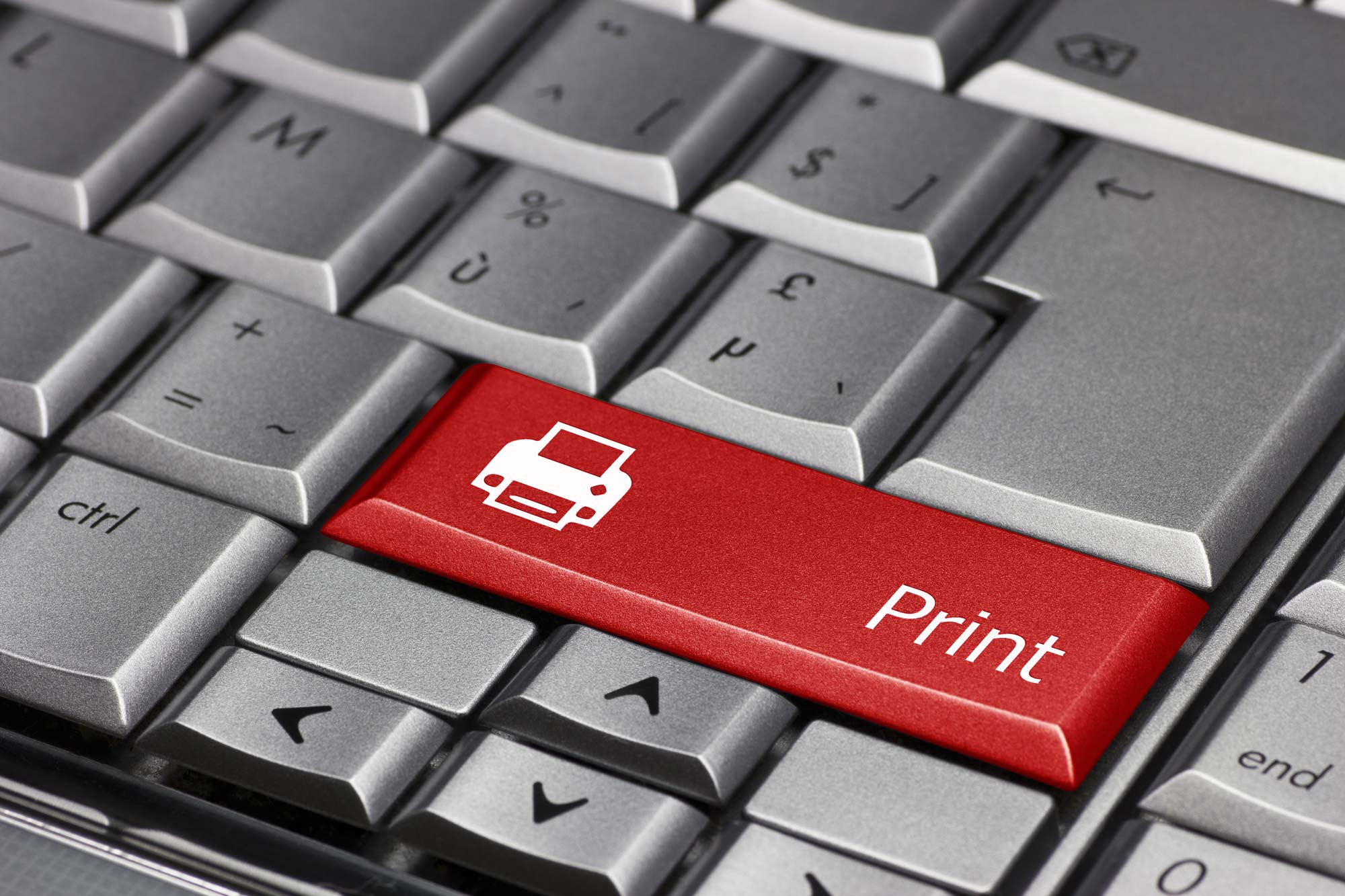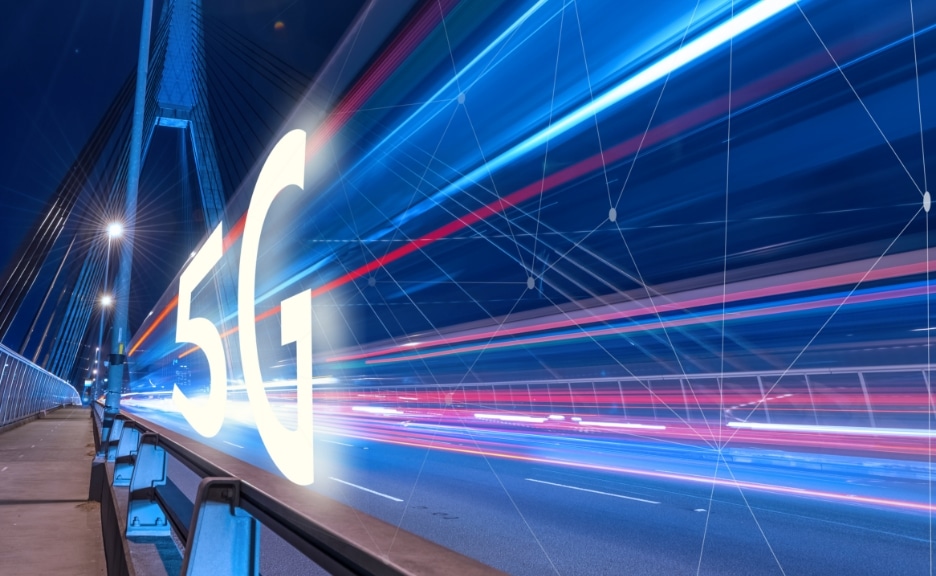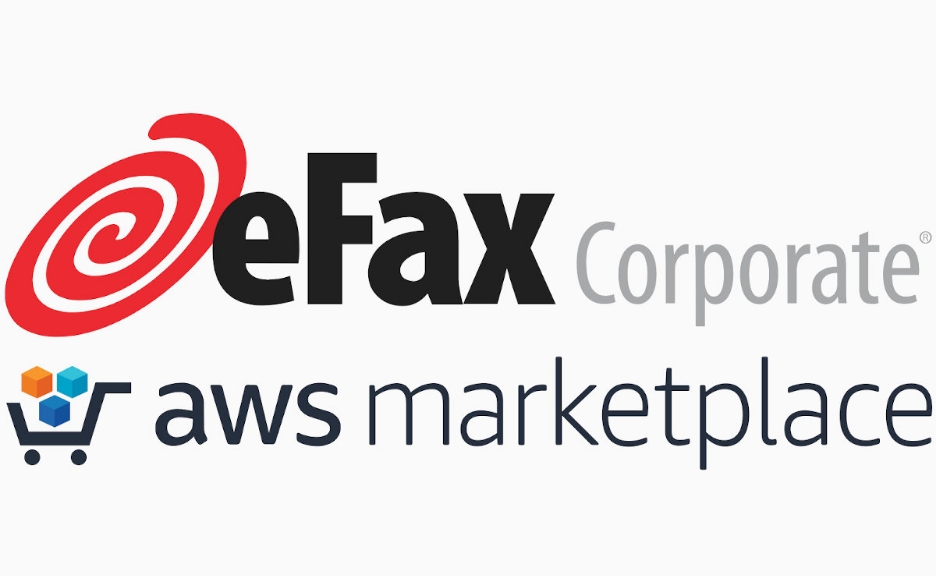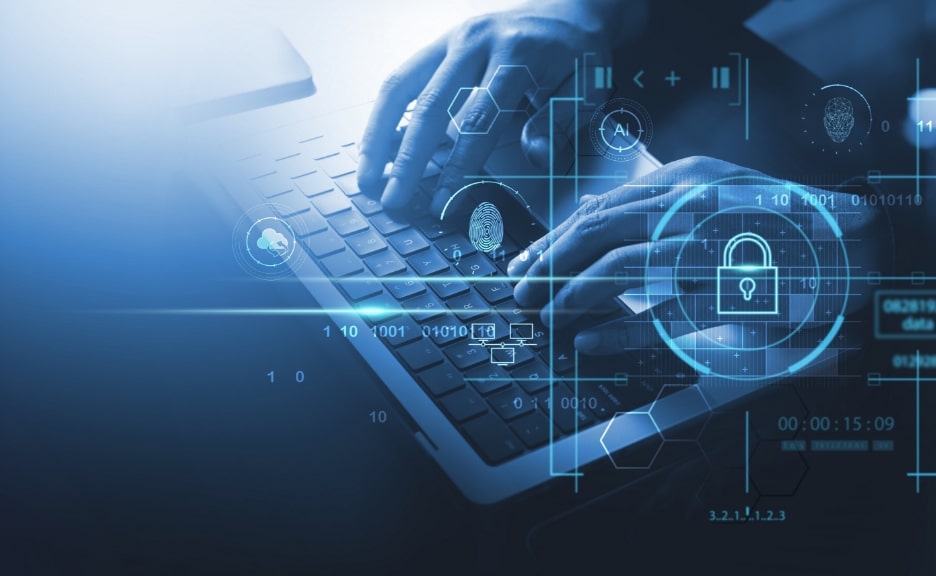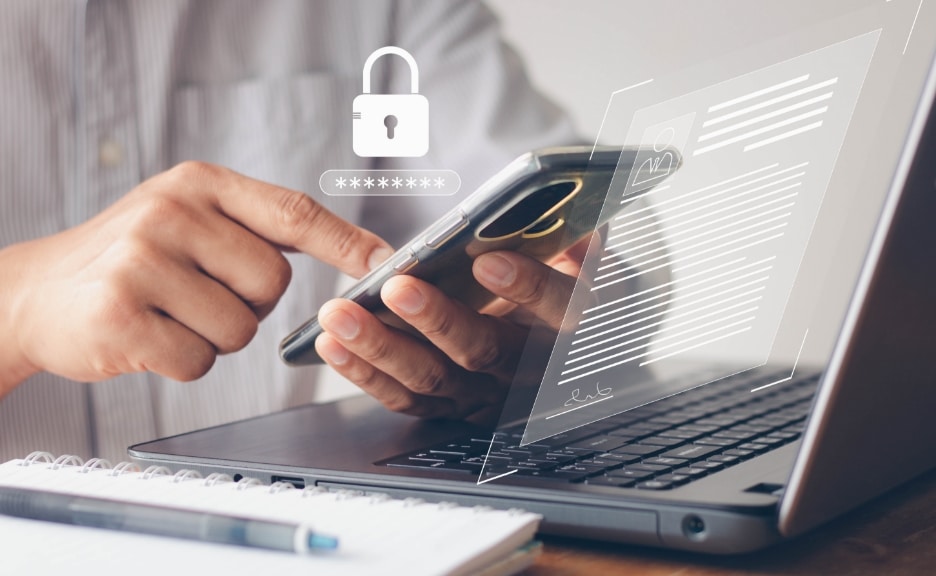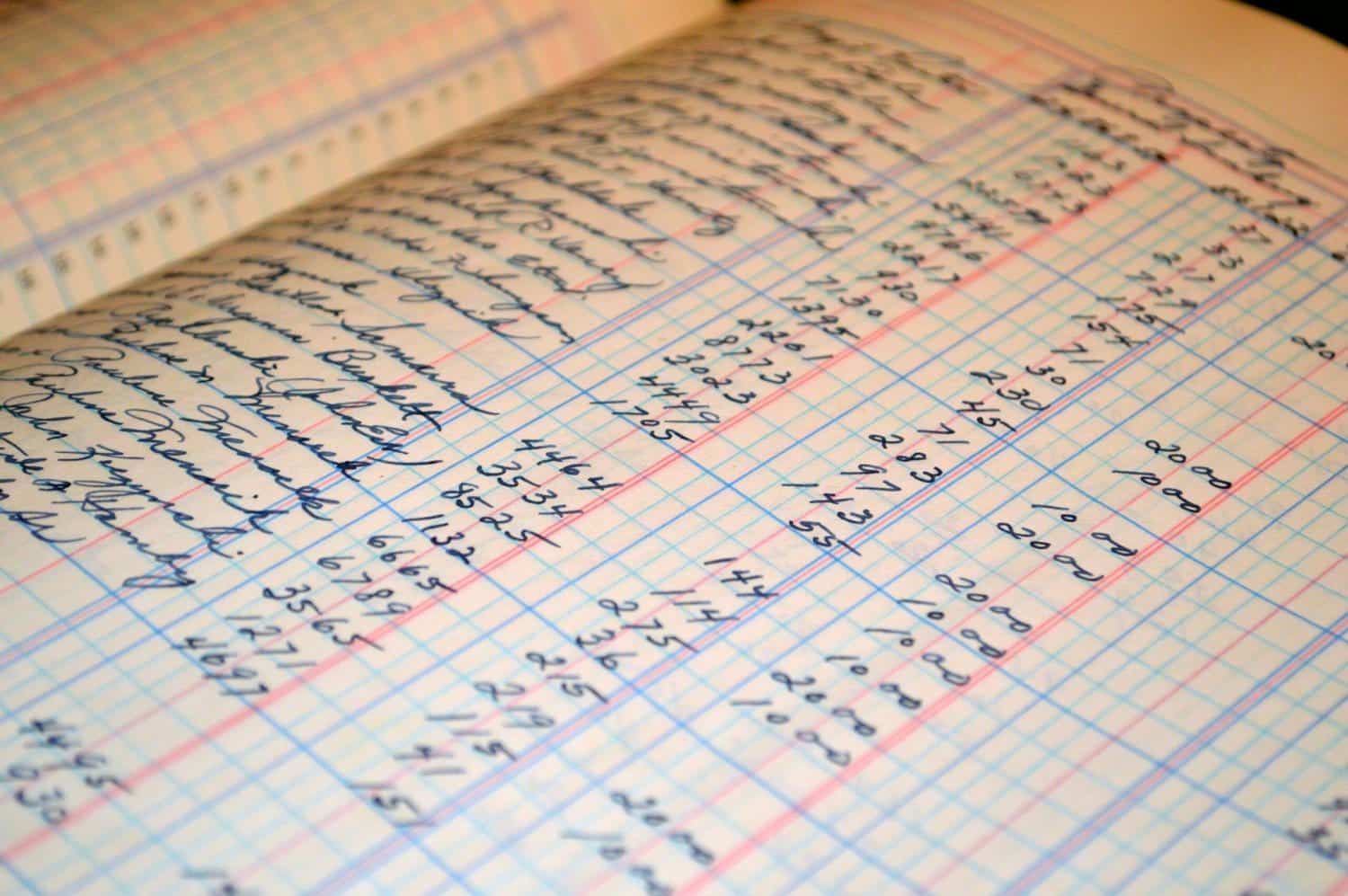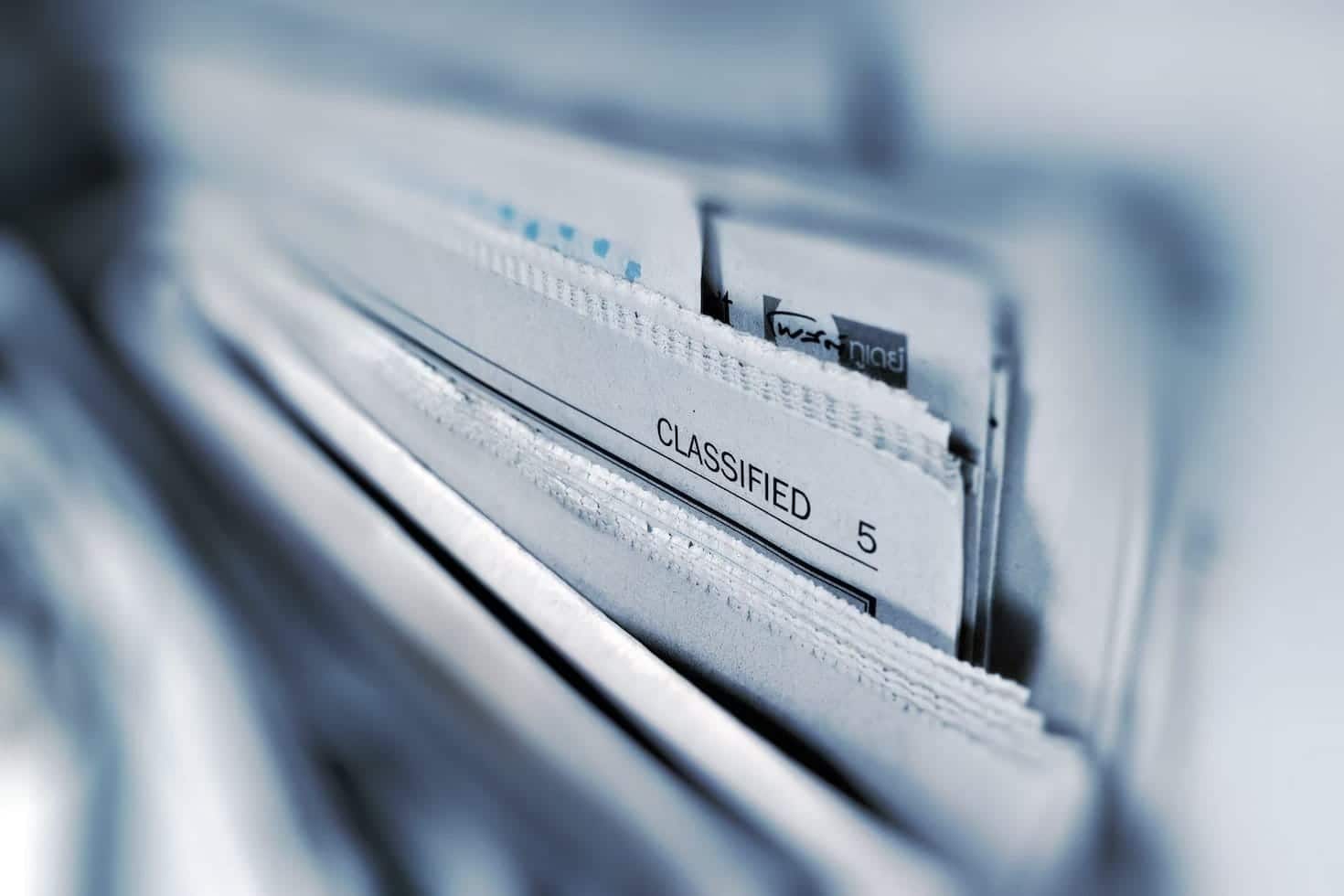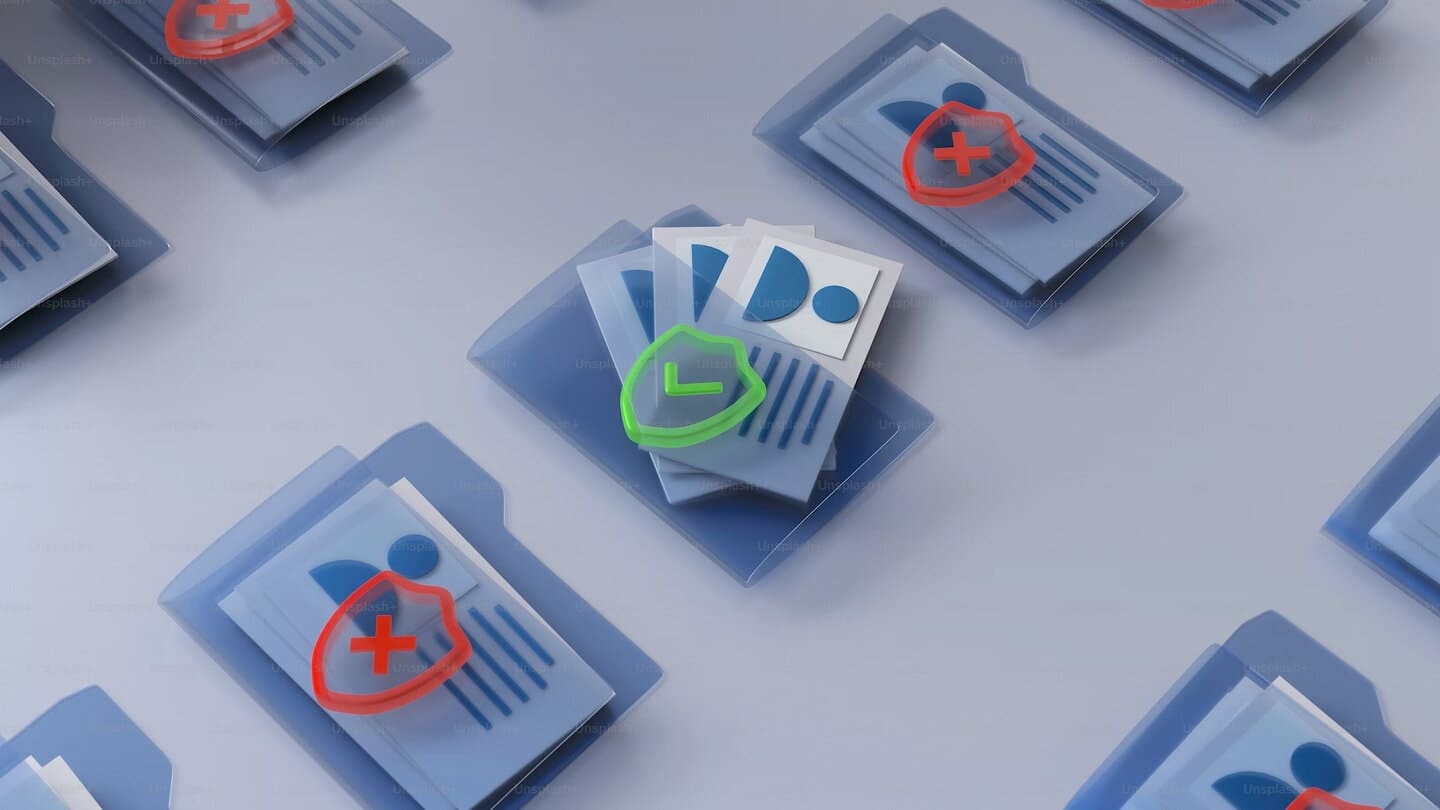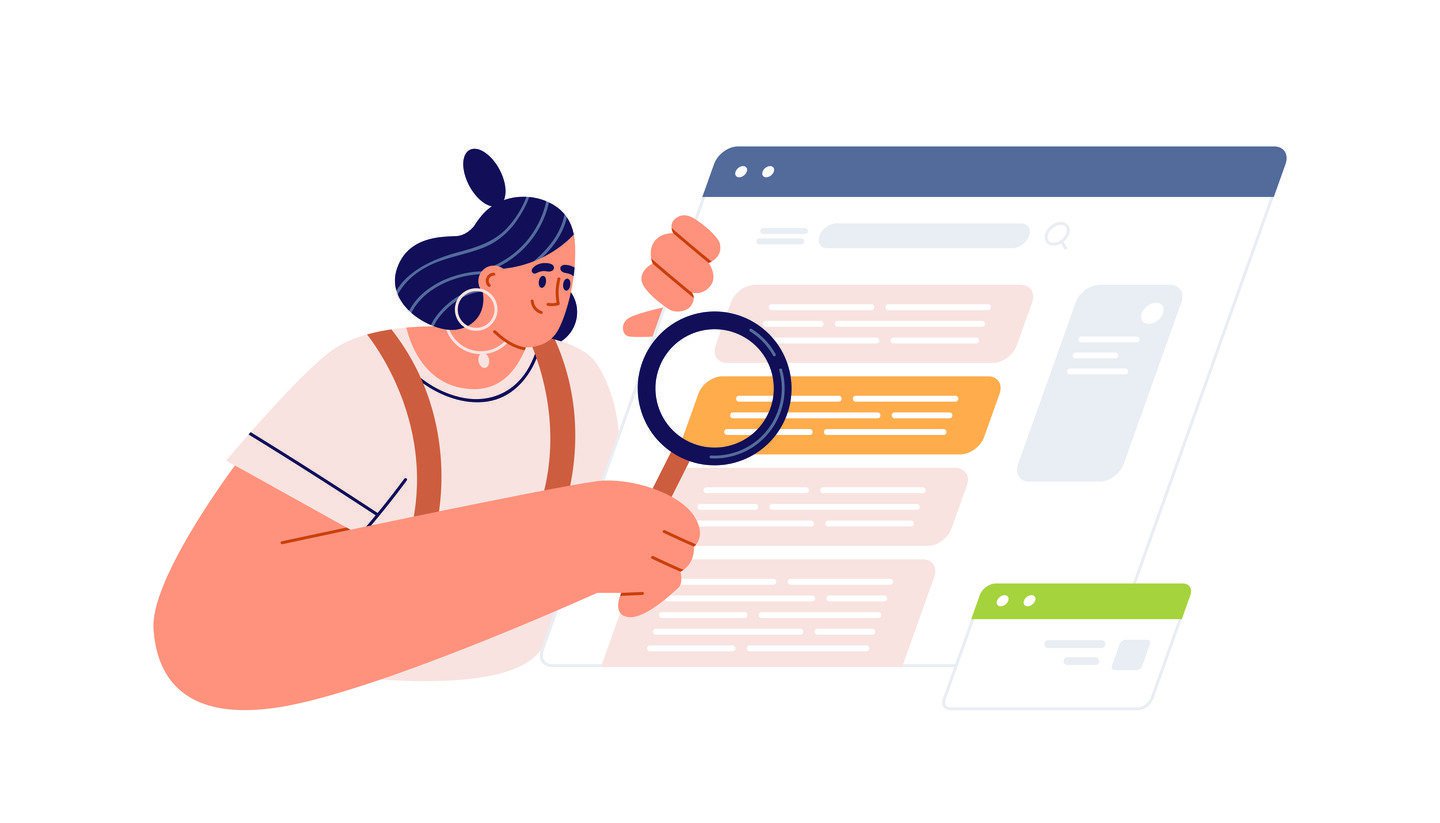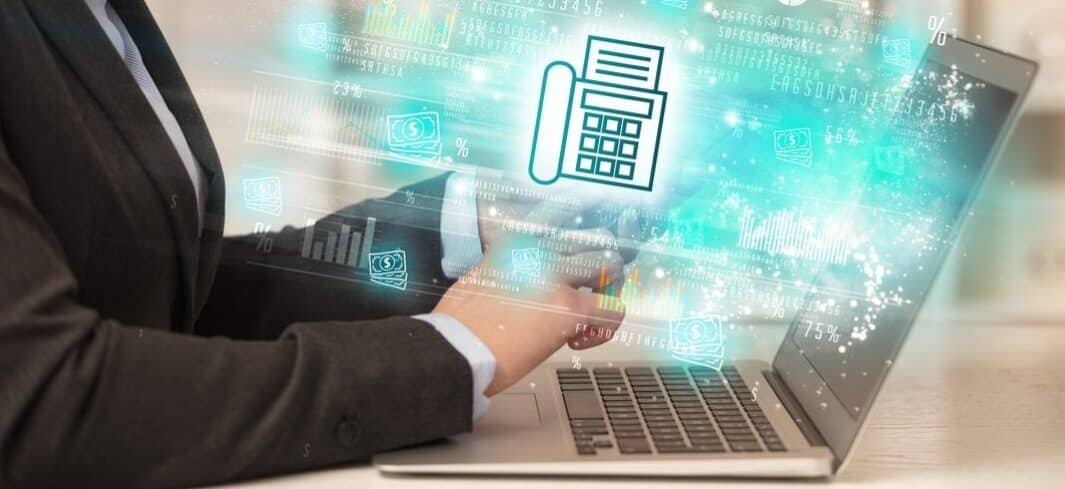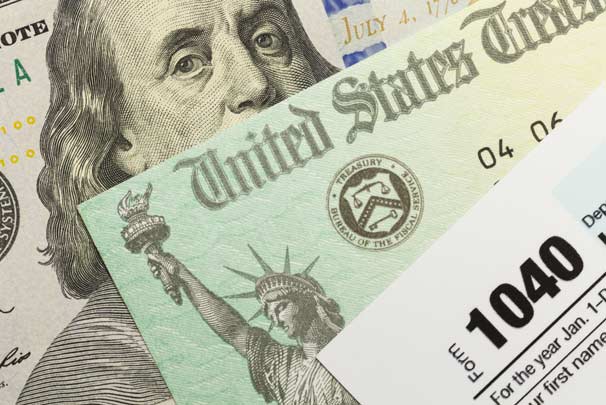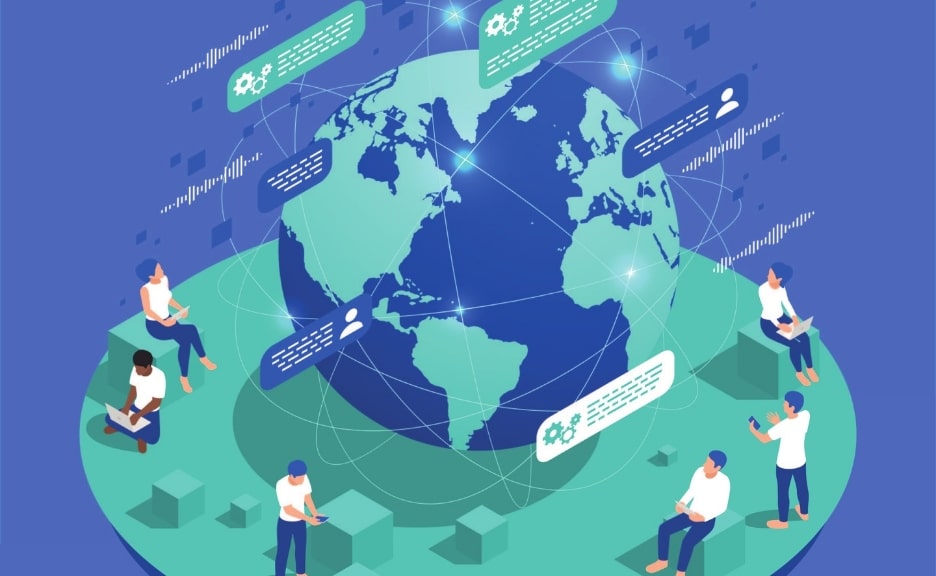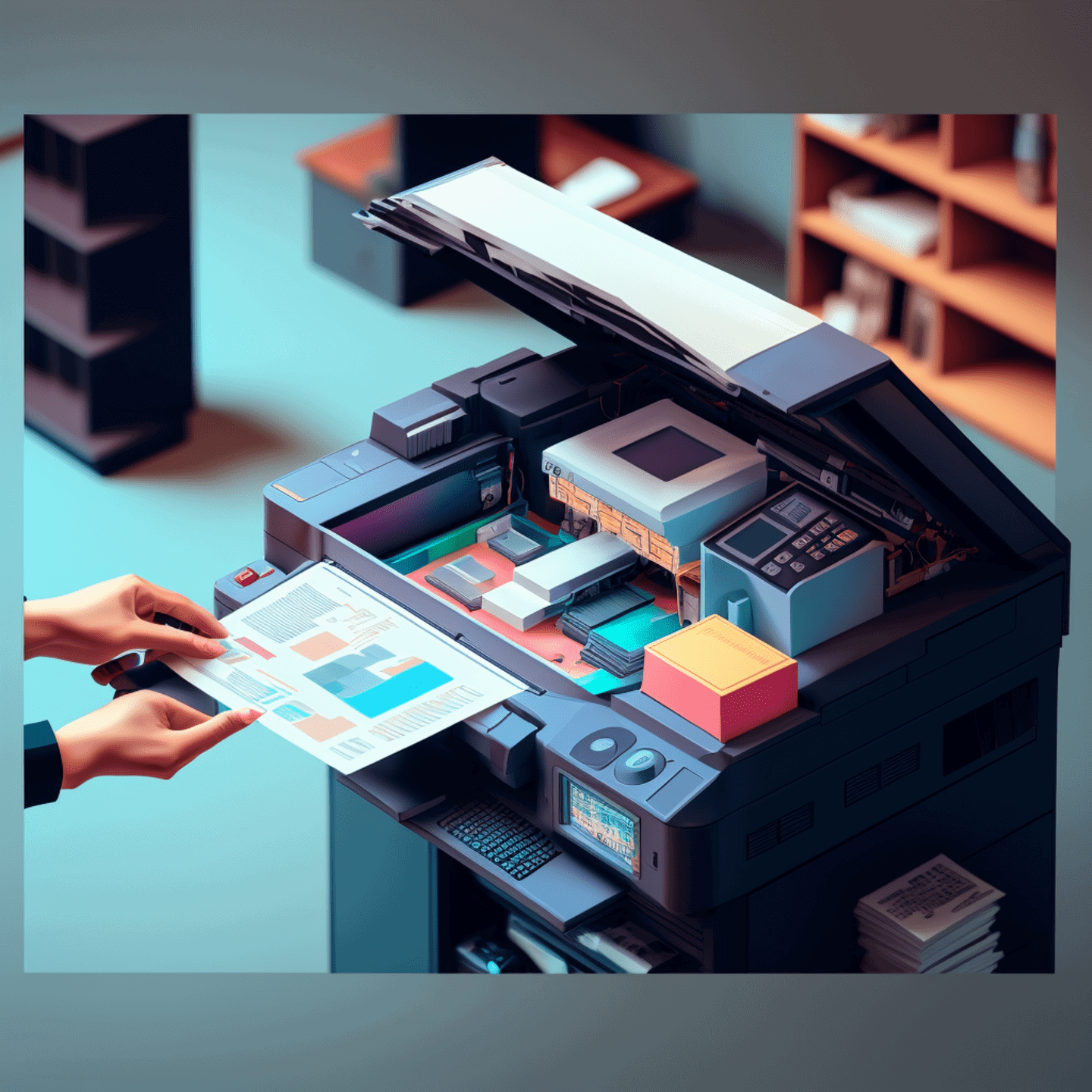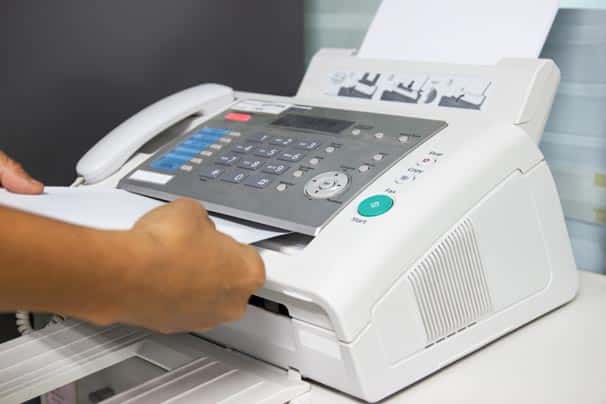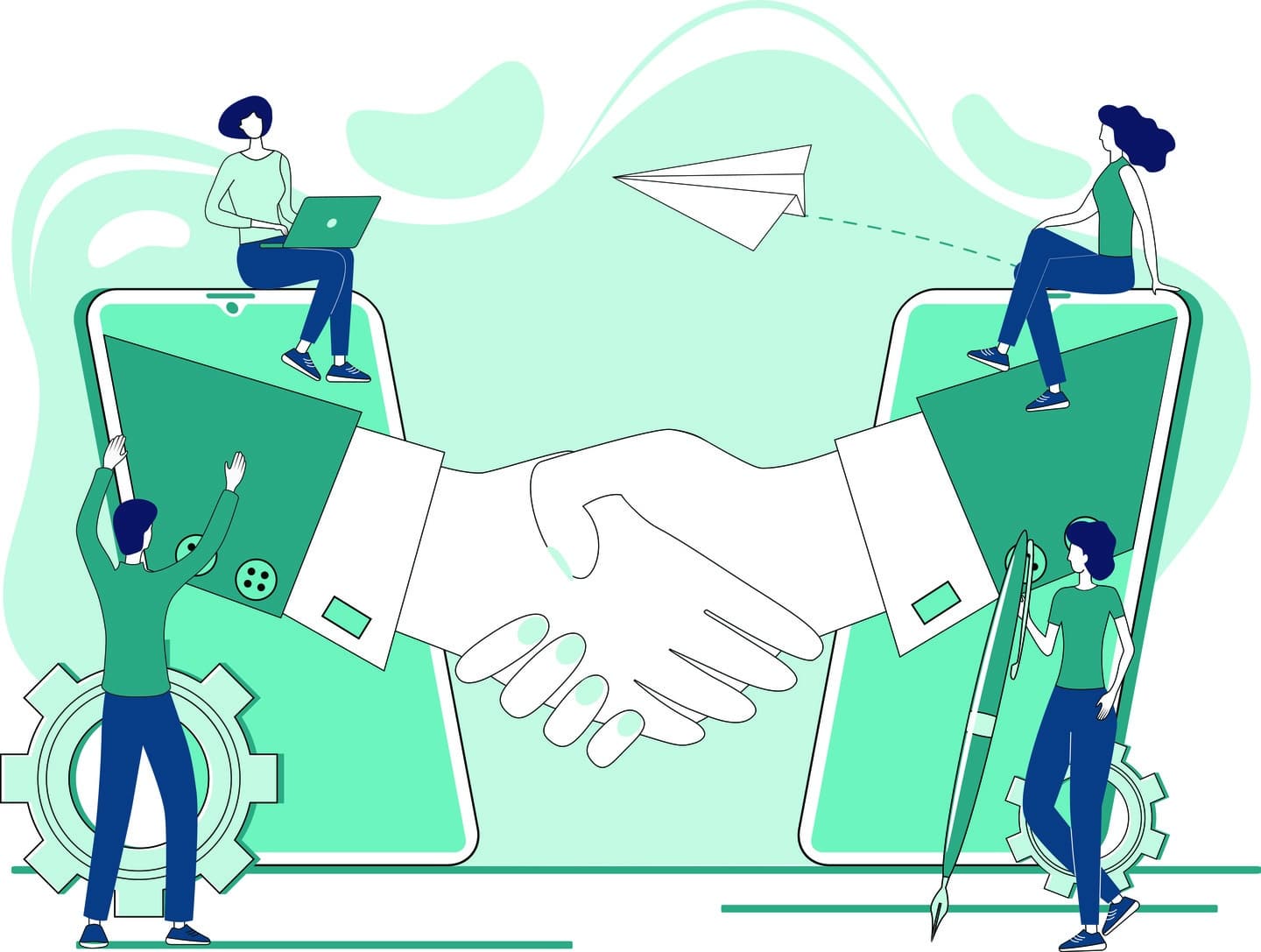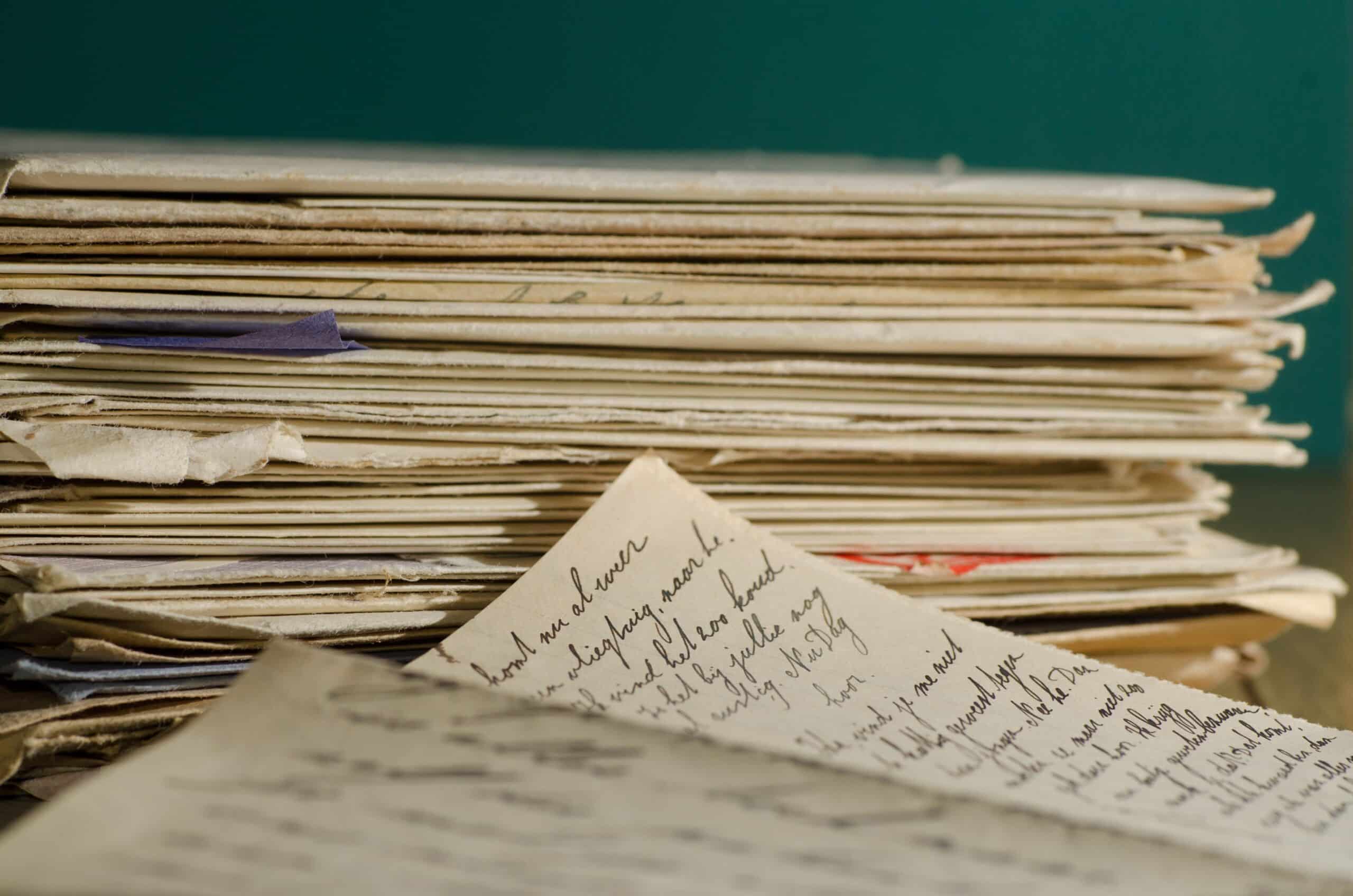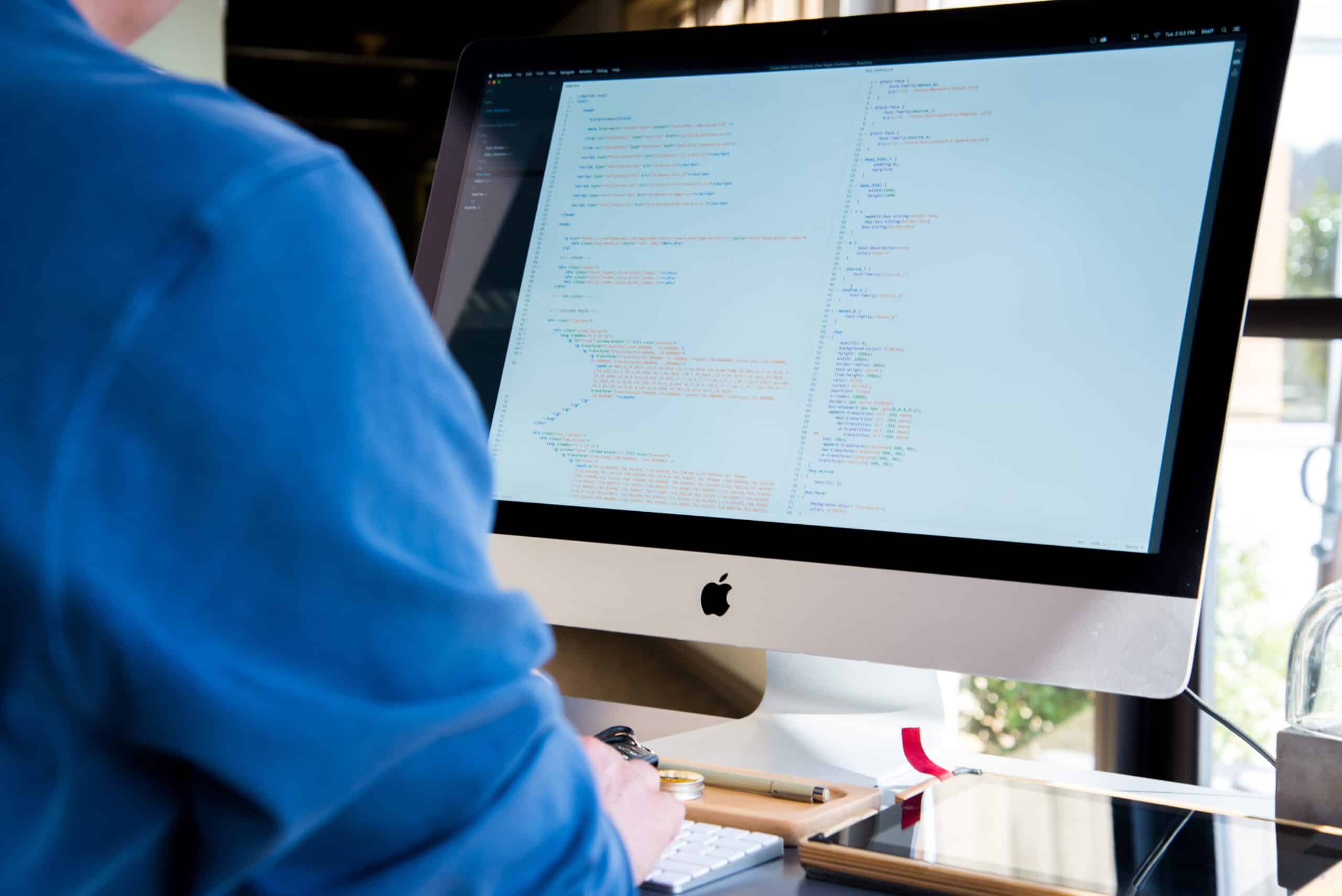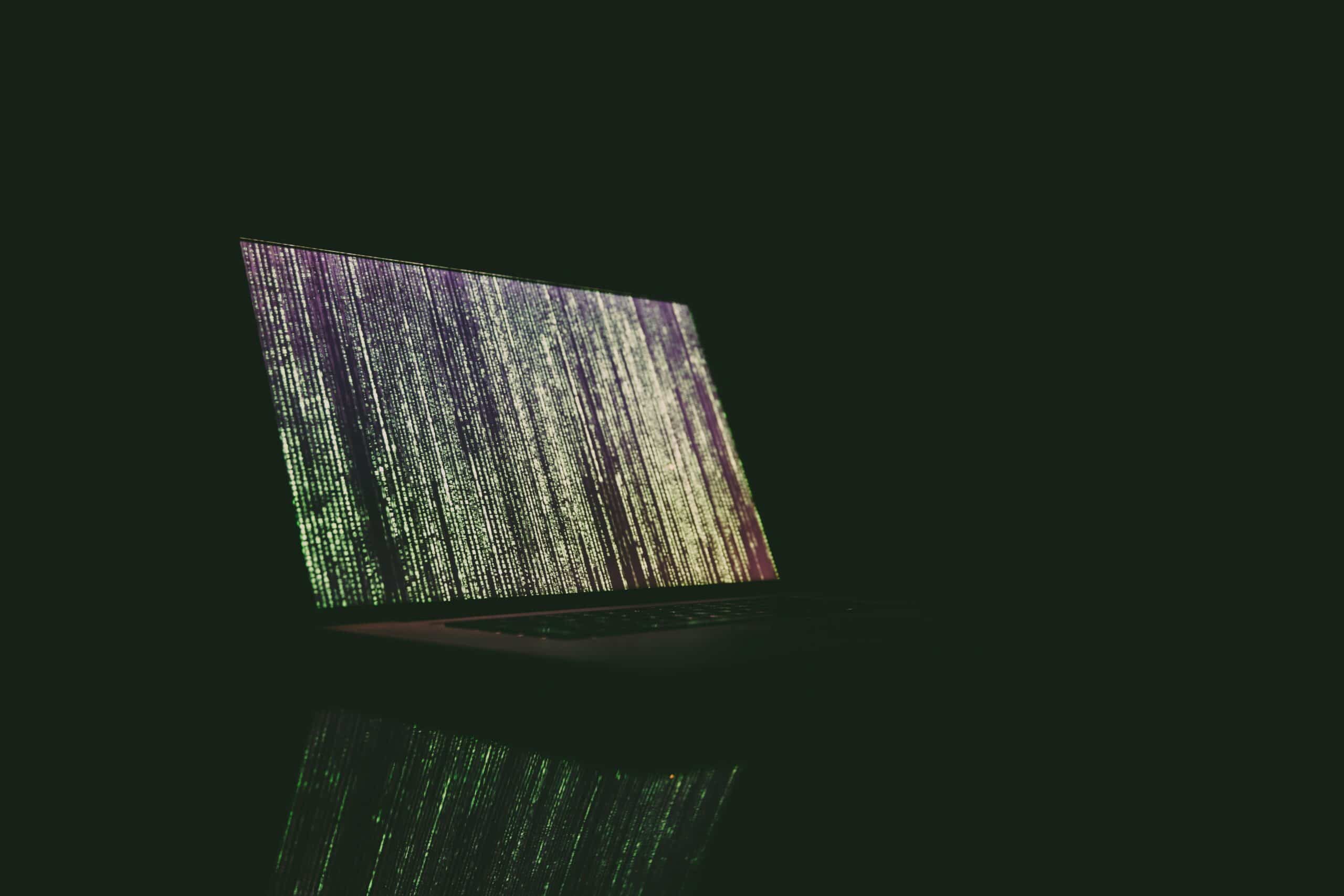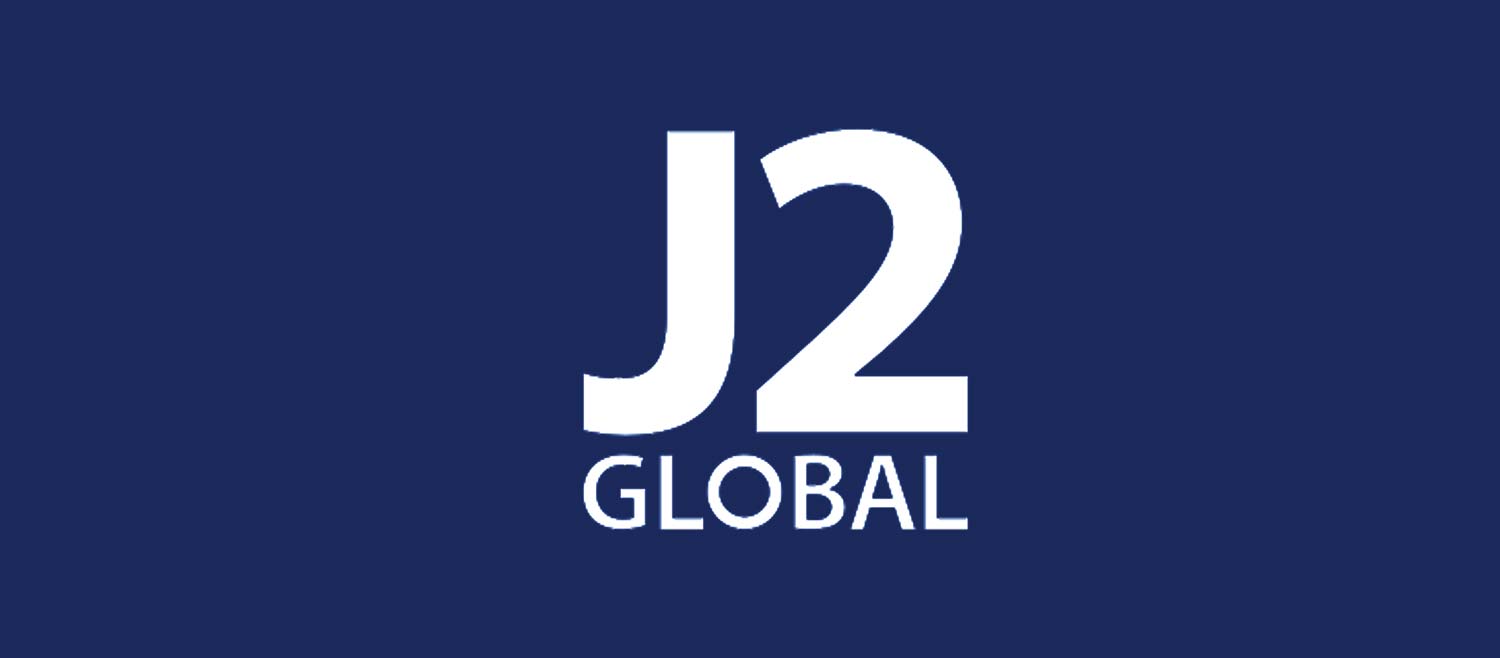Customers & Business
What is a Fax Machine and How Does It Work?

Despite the convenience and speed of email and instant messaging, fax machines are still used every day in some industries. But, what is a fax machine? What is a fax machine used for? Are fax machines still used? And, how does a fax machine work? Here we’ll answer these questions and explain how to use a fax machine.
Understanding the Meaning of a Fax Machine
A fax machine is also known as a facsimile machine. It scans, transmits, and reproduces documents remotely. The fax machine revolutionized document sharing by facilitating the near-instant transfer of physical documents over long distances. Essentially, a fax machine converts scanned images or text into electronic signals, transmitted via telephone lines, and reconstructed at the receiving end.
Understanding the working and the use cases of a fax machine is key to appreciating the evolution of telecommunications.
A brief history of the fax machine shows us that fax machines have evolved significantly since the mid-20th century. Originally analog, modern fax machines now leverage digital technology for clarity and efficiency. Moreover, the idea of transmitting images over long distances dates back to before the 1960s when fax machines became widely used.
The Evolution of Fax Technology Over Time
In 1843, a Scottish inventor named Alexander Bain invented the fax. From 1843 until today, fax technology has undergone many significant advancements. The evolution of fax technology from analog to digital fax machines improved the quality and speed of transmissions.
Today’s fax technology integrates with the internet. You can send and receive faxes from anywhere at any time using your computer, tablet, or smartphone.
Inside a Fax Machine: The Hardware That Makes It Work
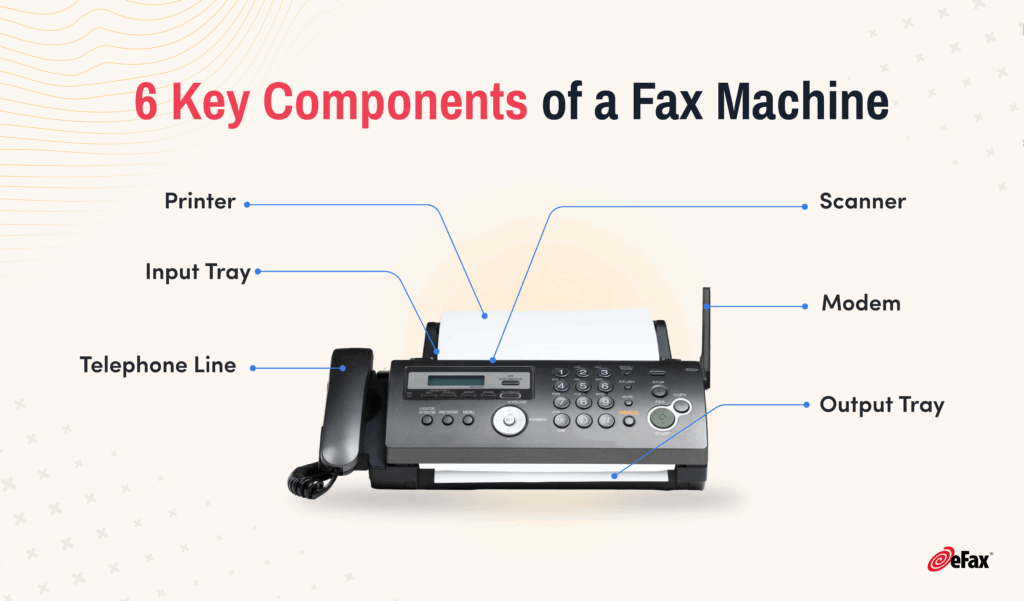
Key Parts of Fax Machine & their Functions
The primary components of the fax machine are the scanner, printer, modem, input tray, output tray, and telephone line, which work simultaneously. Here are the functions of all the essential parts:
- Scanner: Captures the image of the document to be sent. It converts physical documents into a digital format, which can be transmitted quickly.
- Printer: When a fax is received, the printer prints the transmitted document.
- Modem: Converts digital data into an analog signal that can be transmitted & vice versa.
- Input Tray: Feeds the documents into the scanner for processing
- Output Tray: Collects the printed documents that have been scanned and faxed
- Telephone Line: Provides connection through which one fax machine communicates with others.
Analog vs. Digital Fax Machines
| Factors | Analog Fax Machine | Digital Fax Machine |
| Fax Technology | It relies on analog signals to transmit faxes through telephone lines | Transmits digital documents or files over internet |
| Speed | Slower due to multiple conversion | Faster, as it uses digital signals to transmit |
| Hardware Involved | Traditional Fax Machine & Landline | Computers or Mobiles connected to internet |
| Security | Less secure, information can be intercepted and viewed by other unauthorised entities | Enhanced security with high-level encryption, passwords, & two-factor authentication |
| Cost | Looks less expensive but cost increases in terms of maintenance | Subscription fees with no involvement of hardware or phone lines |
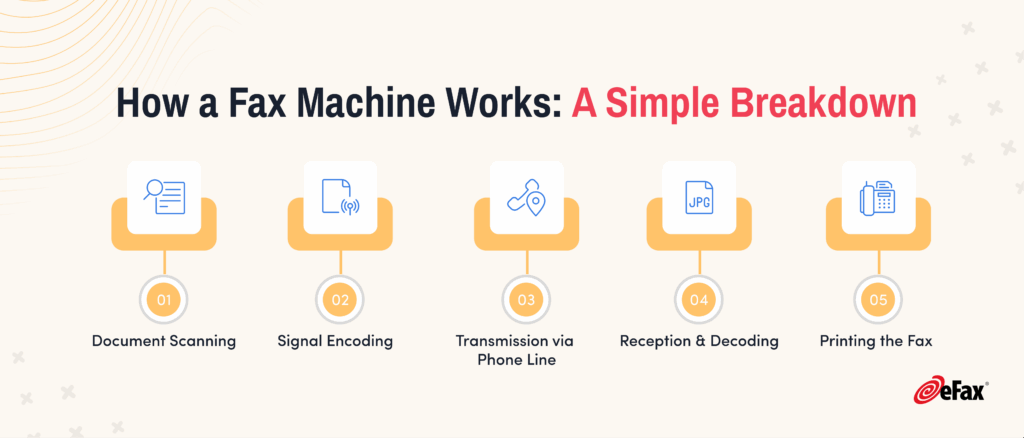
How Does a Fax Machine Work?
How fax machines work is by converting text from a printed document into digital data, which is then transmitted as audio tones over phone lines to another fax machine. The receiving fax machine decodes these tones back into text, recreating the original document. Despite being a technology over 150 years old, faxing remains surprisingly relevant today.
Various types exist, depending on where you find a fax machine, from standalone devices to multifunction printers. Despite differences, the essence remains: to convert information into electronic data for transmission.
While you might not be familiar with traditional fax machines, modern alternatives like online fax services, fax by email, or mobile fax apps have adapted this old technology for contemporary use. This enduring relevance highlights the staying power of fax communication.
What is a Fax Machine Used For?
Fax machines are used to send and receive documents electronically via telephone lines. So if you’ve wondered how do fax machines work, the technology converts paper documents into electronic signals, enabling them to be transmitted over a telephone line and received by other fax machines. Here’s a quick overview of the uses of fax machines:
- The first step in what does a fax machine do is to scan a printed document into the machine and enter a recipient’s fax number.
- The fax machine then converts the paper document into a digital format.
- Using a modem, the fax machine transmits data over a telephone line to the entered phone number.
- On the other end, the recipient’s fax machine converts the data back into a physical format.
How to Send Faxes Using a Fax Machine
While the instructions may vary from machine to machine, the process is usually pretty straightforward and involves a series of steps.
Using a fax machine requires a dedicated phone line, and both the sending and receiving fax machines must be compatible and properly configured.
Here’s how to send a fax using a fax machine:
- Allocate desk space similar to that needed for a household printer.
- Plug the fax machine into a power outlet.
- Connect the telephone cable to the back of the fax machine.
- Install ink or toner in the machine.
- Load thermal paper into the paper tray.
- Press the power button to turn on the fax machine.
- Lift the fax machine’s handset to check for a dial tone; troubleshoot if no dial tone is heard.
- Place your document(s) in the feeder tray, following the indicated face-up or face-down orientation.
- Dial the recipient’s fax number using the fax machine’s keypad.
- Press the “Send” or “Fax” button to initiate the scanning and transmission process.
- Wait for a confirmation page to print out indicating successful transmission.
- Retrieve your documents from the output tray.
- Review the confirmation page for any error messages or ensure it states “completed.”
If you encounter any issues during setup or while sending a fax, refer to your fax machine’s user manual for specific troubleshooting steps.
Continued Relevance of Fax Machines in Key Industries
Despite advancements in digital communication, fax machines are still relevant for certain industries and scenarios. Small businesses and startups, especially those in healthcare and law, often rely on faxing to transmit documents securely and comply with industry regulations.
Some of the key industries that still rely on fax include:
- Government
- Legal
- Financial
- Medical
- Real estate
Government agencies frequently use fax machines for official communication due to established processes and security protocols. Law firms, banks, and insurance companies still use faxing for legal documentation and secure transmission of sensitive financial information.
In healthcare, fax machines are essential to transmit patient records safely between hospitals, clinics and healthcare providers. Plus, real estate and property management companies use fax for contracts, leases and property documentation.
Finally, some people simply prefer faxing sensitive information because of confidentiality concerns over digital alternatives. Despite their declining overall use, fax machines remain indispensable in certain contexts where secure and reliable document transmission is essential.
Advantages and Disadvantages of Fax Machines
Fax machines offer security, reliability, and legal recognition. However, they require maintenance, are slower than digital methods, and rely on physical mediums. Let’s explore the benefits and drawbacks of a fax machine.
Benefits of Using a Fax Machines for Businesses
The advantages of using a fax machine include:
- Security – Fax machines provide a secure method of document transmission, crucial for industries prioritizing confidentiality like healthcare, legal, and finance.
- Reliability – Fax machines are known for delivering documents reliably, producing hard copies at the recipient’s end.
- Legal Recognition – Fax transmissions are legally recognized as official documents, offering tangible evidence in business and legal contexts.
- Universal Compatibility – Fax machines are widely compatible with other models, ensuring accessibility and versatility in business communications.
- Ease of Use – Operating a fax machine is straightforward, involving loading documents, dialing, and pressing a few buttons for transmission, making it user-friendly for those less familiar with digital technology.
Why Traditional Fax Machines May Not Be the Ideal Choice for Businesses?
The disadvantages of using a fax machine include:
- Maintenance Requirements – Regular maintenance, including replacing consumables and addressing technical issues, adds to ownership costs.
- Slower Transmission Speeds – Faxing is slower compared to digital methods, especially for large or high-resolution documents.
- Reliance on Physical Mediums – Fax machines use paper and consumables, contributing to operational costs and environmental impact through paper waste.
- Limited Document Handling – Fax machines may struggle with certain document formats and can encounter errors like paper jams or poor image quality.
- Compatibility Issues – Newer digital systems may not support faxing, posing integration challenges with modern office technologies.
- Security Risks – Fax transmissions can be intercepted if not properly secured, potentially compromising confidentiality.
- Limited Functionality – Fax machines serve a specific purpose and lack the multifunctionality of modern digital devices, requiring additional equipment for other tasks.
Fax Machines in the Digital Age
In the era of instant messaging, email, and the internet, fax machines seem outdated. However, they are one of the most used for modern business. Let’s understand why fax machines are still used in the digital age:
- Maximum Security: It protects sensitive documents, reducing the risk of data hacking. Fax is ideal for businesses working with Industries like healthcare, finance, legal, government or other regulated industries.
- Legal Compliance: Many jurisdictions, including the US, consider faxed documents legally binding. This makes faxing a preferred method to transmit contracts, agreements, etc.
- Accessible Signature Collection: Collecting physical signatures through fax is legally binding compared with digital ones.
- Reliability: Fax machines don’t rely on the internet, avoiding issues like server downtime and full email inboxes. Time-sensitive and spam-free communications make fax machines an ideal choice.
Modern Alternatives to Fax Machines
Today – when efficiency and flexibility are paramount – traditional fax machines are being replaced by online faxing. Online faxing offers unparalleled convenience and enables users to send documents more conveniently.
Here are some of the reasons why this is happening:
- Unlike traditional faxing, which relies on physical equipment and paper, online faxing operates entirely in the digital realm, eliminating the need for fax machines, toner, and paper supplies.
- Moreover, online faxing provides enhanced protective features such as encryption and safeguarded cloud storage, which ensures compliance with industry standards for document transmission and storage.
- Cost savings are another key advantage. Online faxing eliminates the need for dedicated phone lines and reduces maintenance and operational costs associated with traditional fax machines.
Overall, the shift towards online faxing is inherent with advancements in communication technology. It provides businesses with an efficient, cost-effective, and safe alternative to traditional faxing methods.
The Future of Faxing
The evolution of fax technology from its inception in 1842 to modern-day online faxing represents a significant shift in document transmission. Initially a cumbersome process that required metallic surfaces and faced legal challenges, faxing gained traction in the early 20th century as a safe way to transmit confidential information for governments and organizations.
By the late 20th century, fax machines became widely accessible with reduced costs, which led to widespread adoption in homes and offices. However, with the rise of internet-based communication in the 2000s, fax machines declined in popularity but persisted in certain industries.
The advent of cloud computing further transformed faxing, shifting the focus from physical machines to online platforms and apps. Modern online faxing offers convenience comparable to email, allowing digital transmission of documents securely across various devices.
This evolution reflects a transition towards more flexible and efficient document exchange methods, aligning with the demands of a mobile-centric world where accessibility and convenience are paramount.
Is Faxing Here to Stay? Predictions on the Future of Fax Machines
Faxing is very much here to stay as it provides a level of security that other communication formats, such as email, can’t compete with. Online and digital faxing services enable people to fax sensitive data and critical documents at any time and on any device. The industry is growing as a result, for example:
- ReportLinker predicts the fax services market will grow 11% between 2022 and 2027.
- EnterpriseAppsToday data predicts the global fax machine market will reach $1.88 billion by 2032.
Emerging technologies like artificial intelligence also complement online faxing. For example, AI-driven fax apps enhance performance by boosting speed and security and improving integration with other communication methods like cloud-based services and APIs.
Frequently Asked Questions
Are fax machines still used?
Yes, some companies still use fax machines. But, increasingly, companies are using digital faxing to make sharing data and documents more convenient and secure.
What does a fax machine do?
A fax machine scans a printed document and converts it into a digital format, then transmits the data to another fax machine, which converts it back into a physical format.
How much does a fax machine cost?
A fax machine generally costs between $100 and $500, depending on the make and model and the specific features and functionality of the machine.
Is a fax machine a printer?
No, a fax machine is not a printer. Fax machines are used to transmit paper documents via telephone lines, while printers receive data from a phone or computer and then print the document.
Can you send documents securely via fax machine?
Yes, fax machines can securely transmit documents and files. The data is sent directly over telephone lines, making it more secure. Moreover, it is less susceptible to interception compared to emails. For additional security, many businesses use encryption protocols and secure fax servers to protect sensitive information during transmission.
